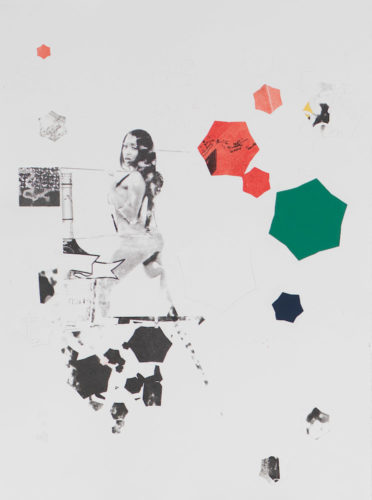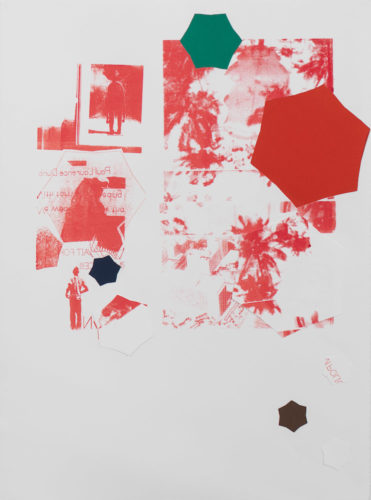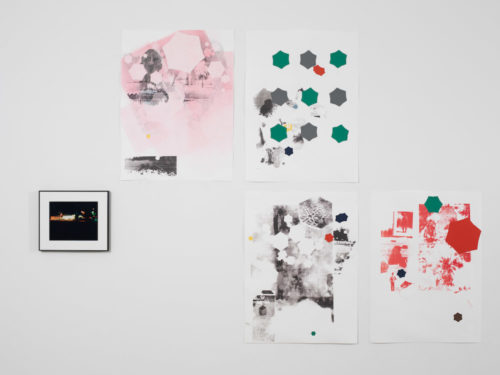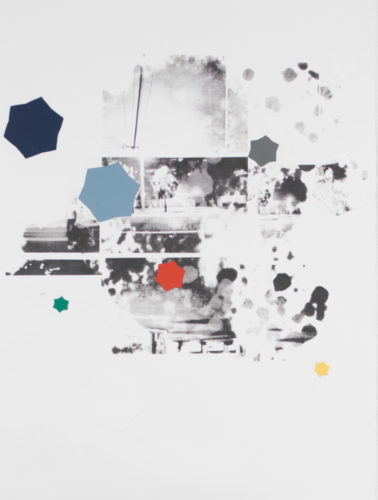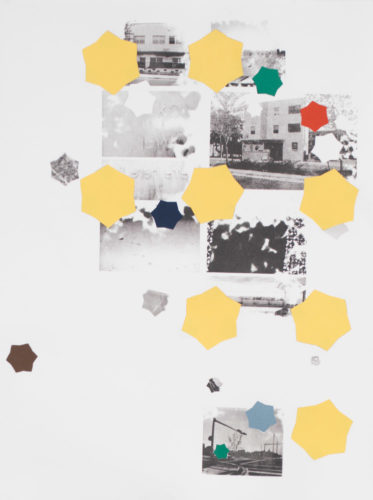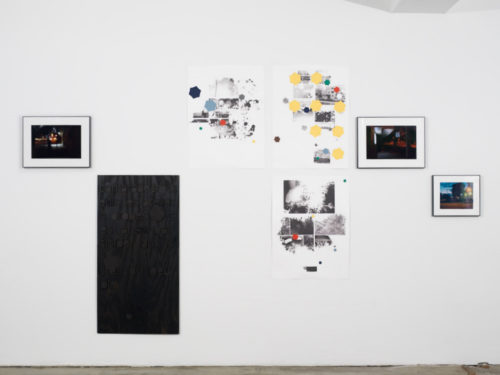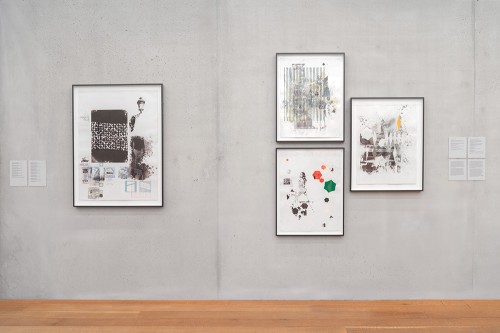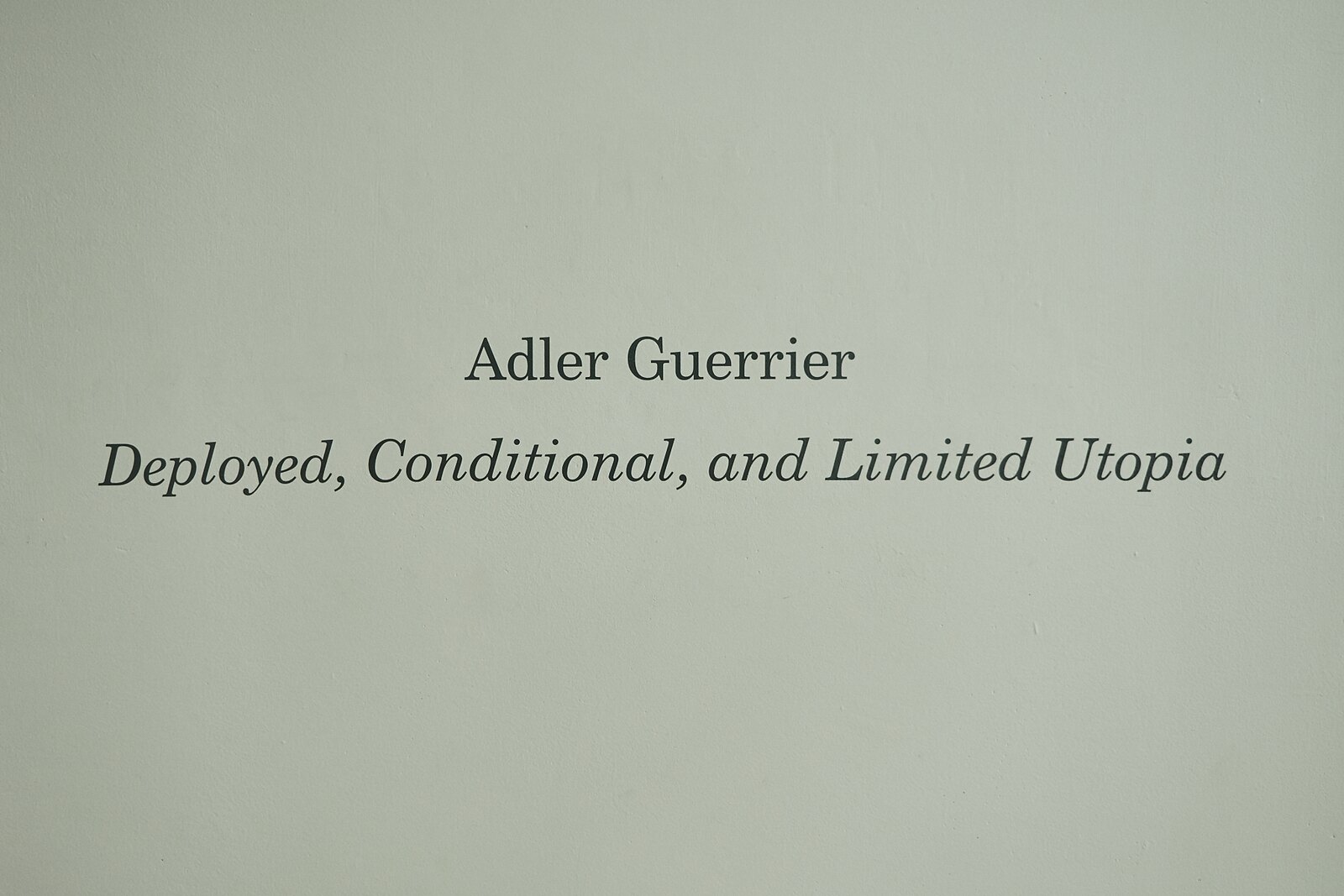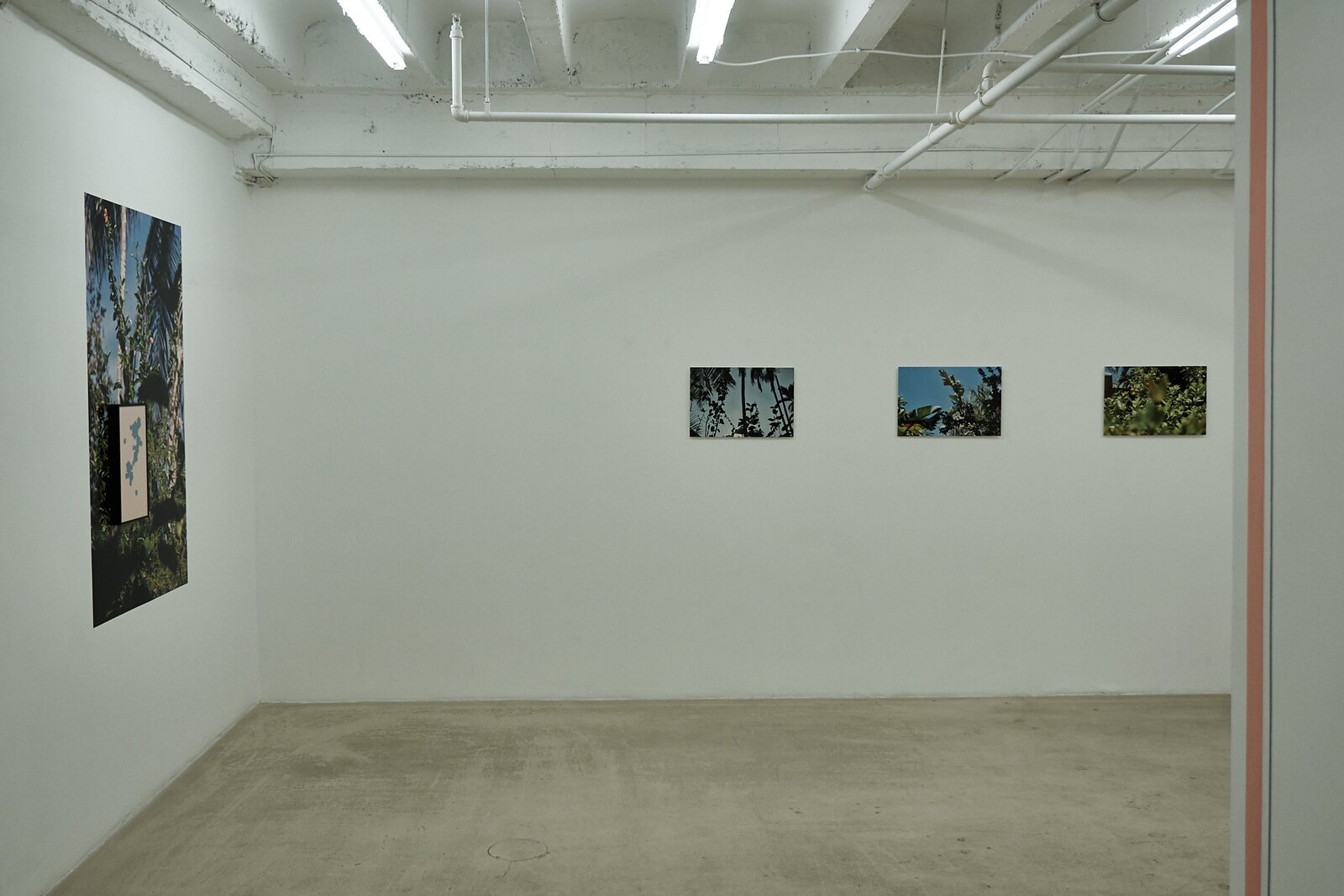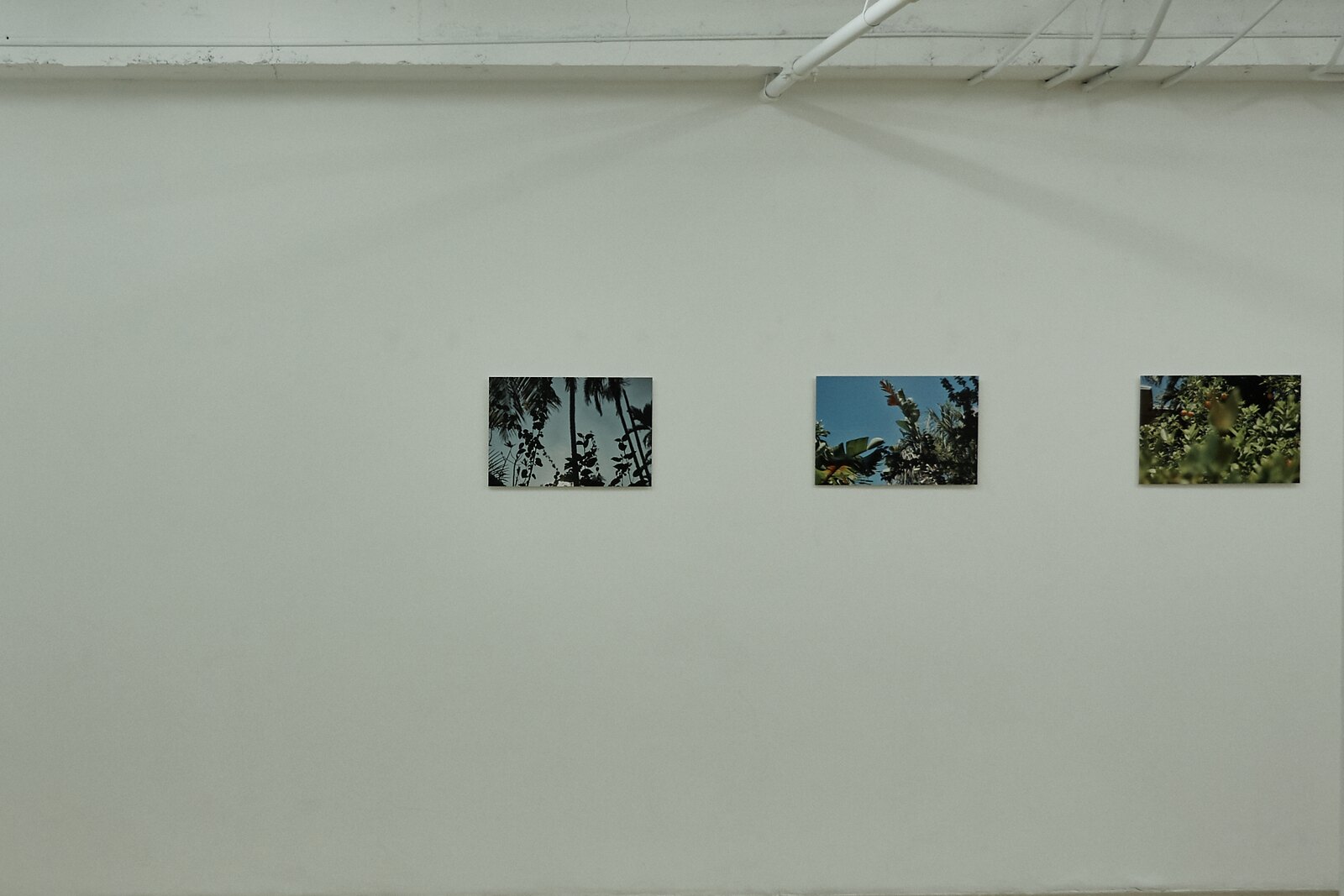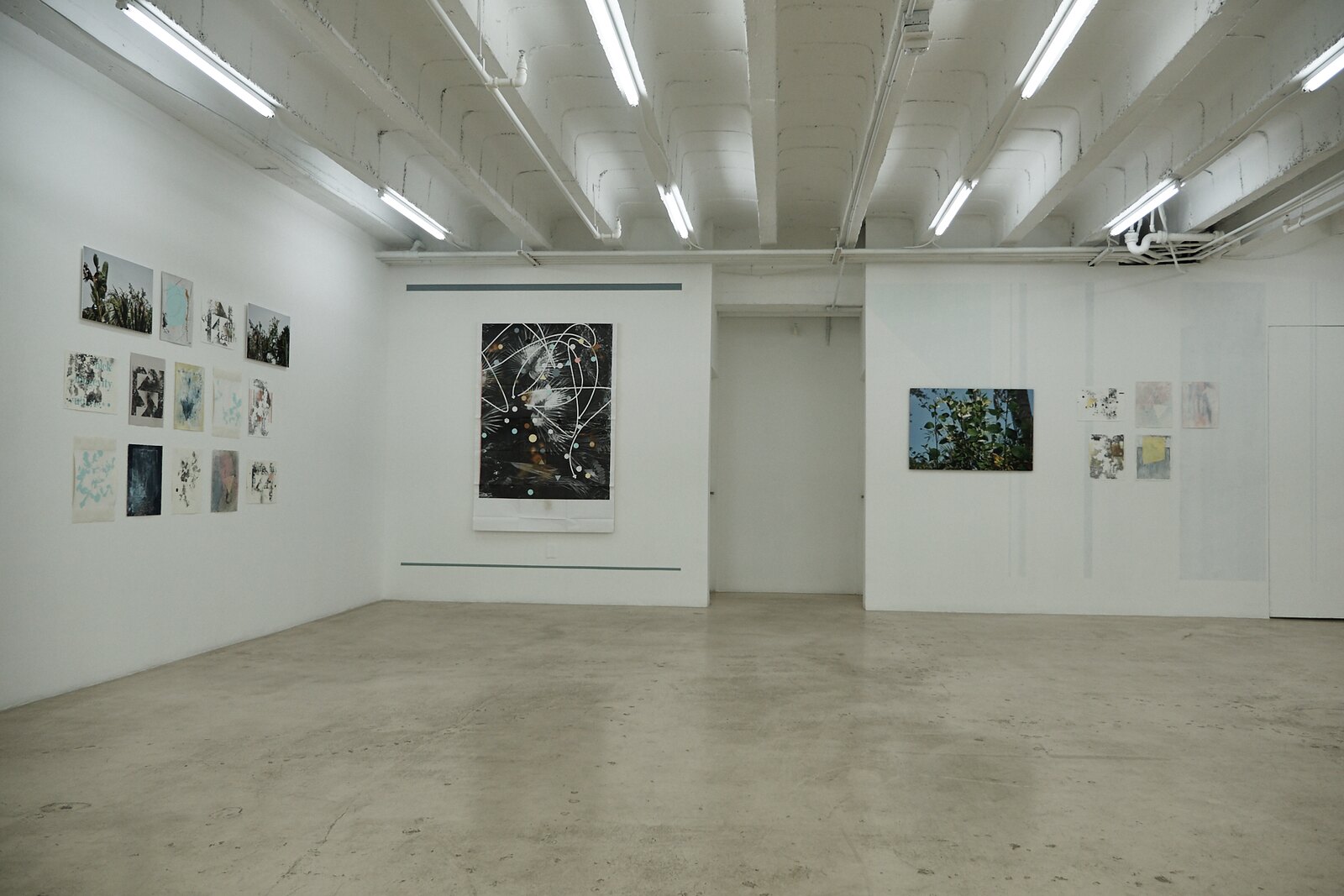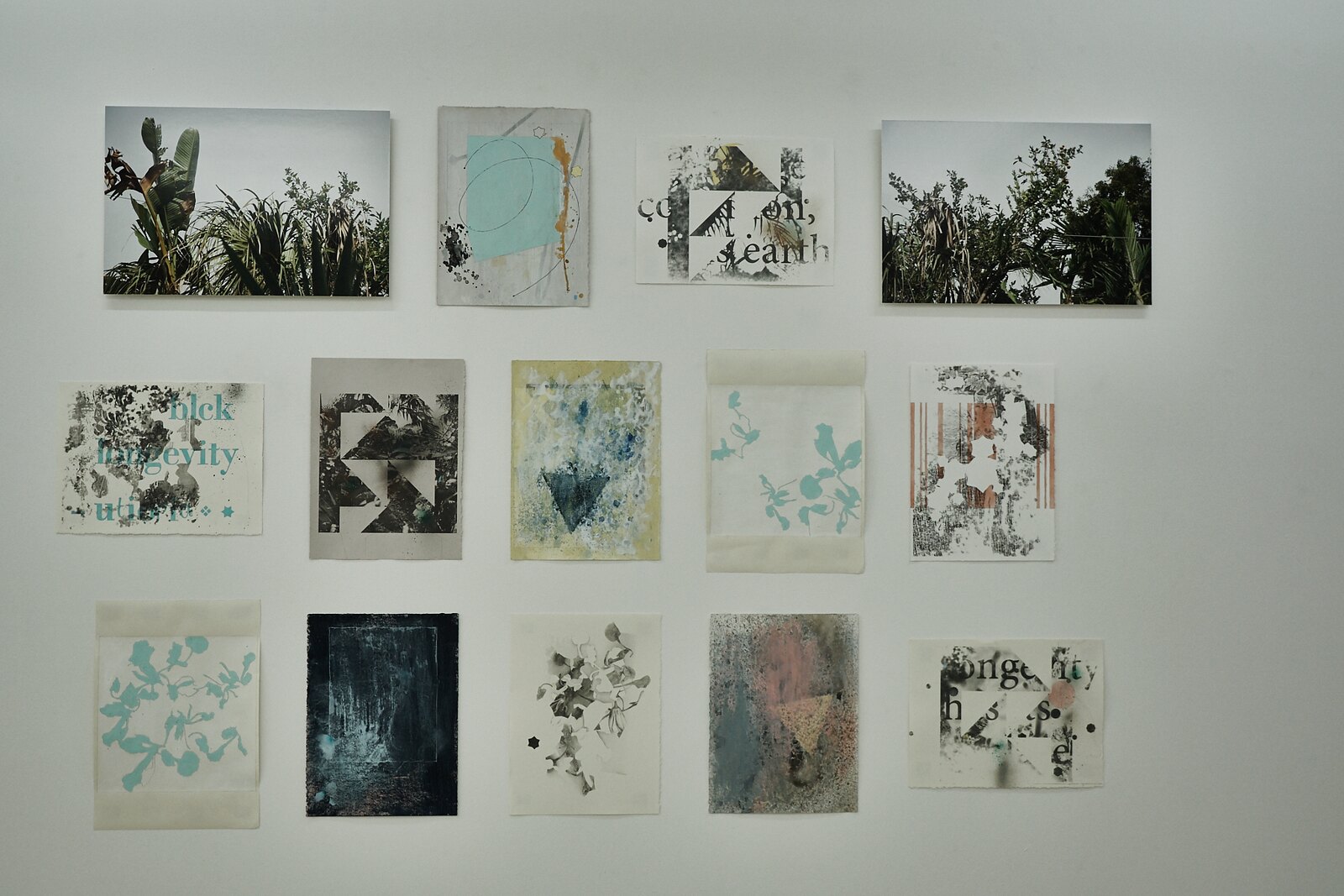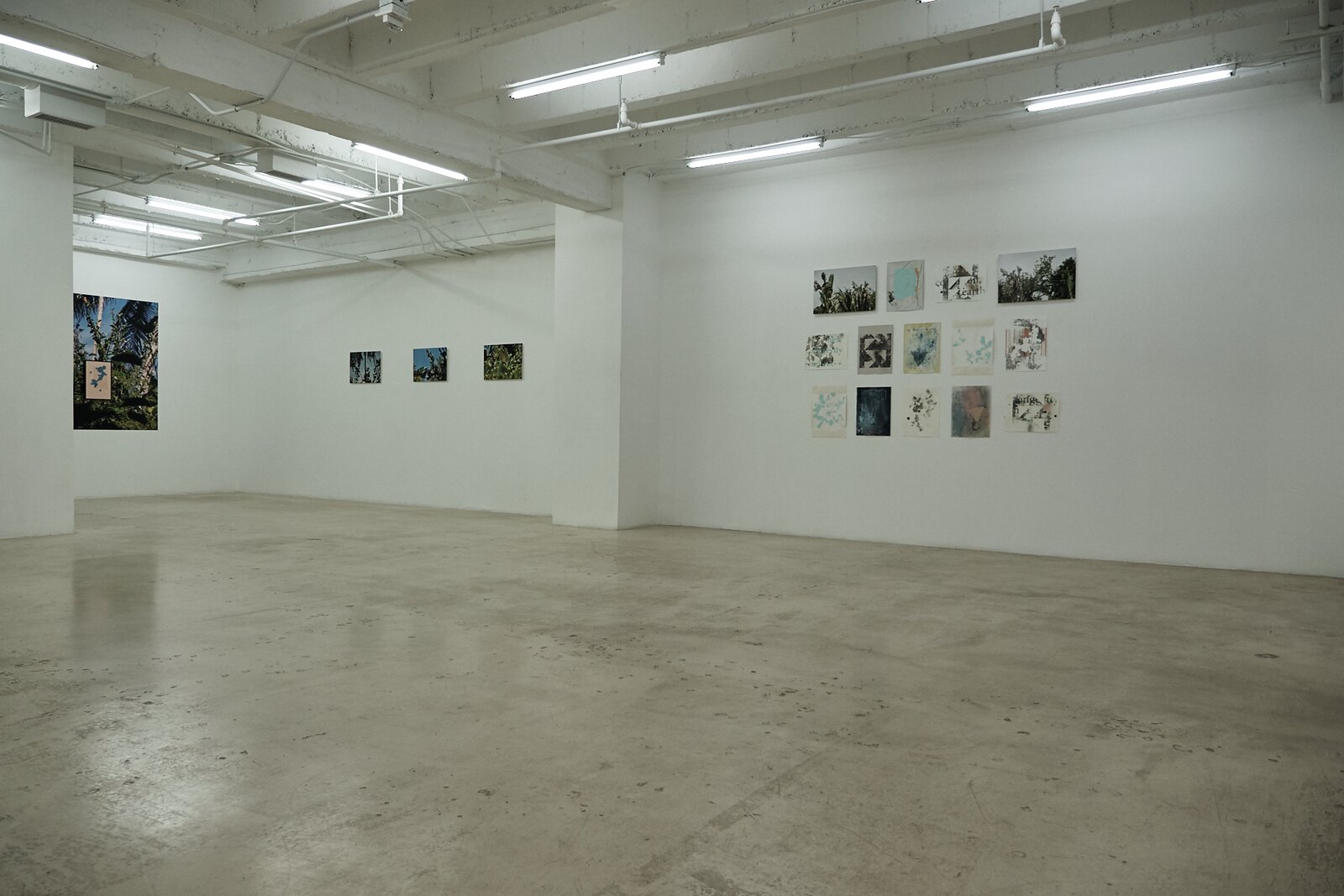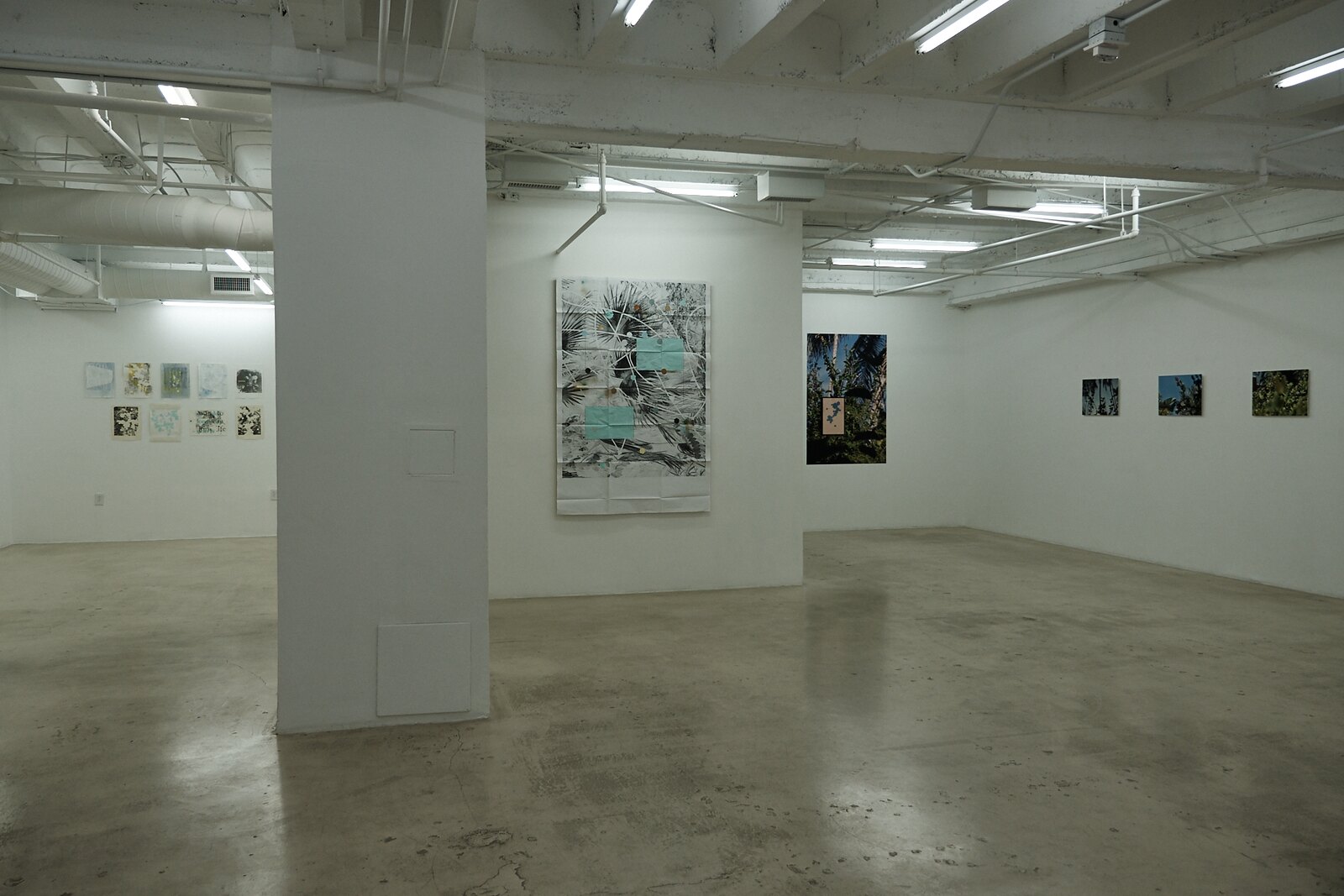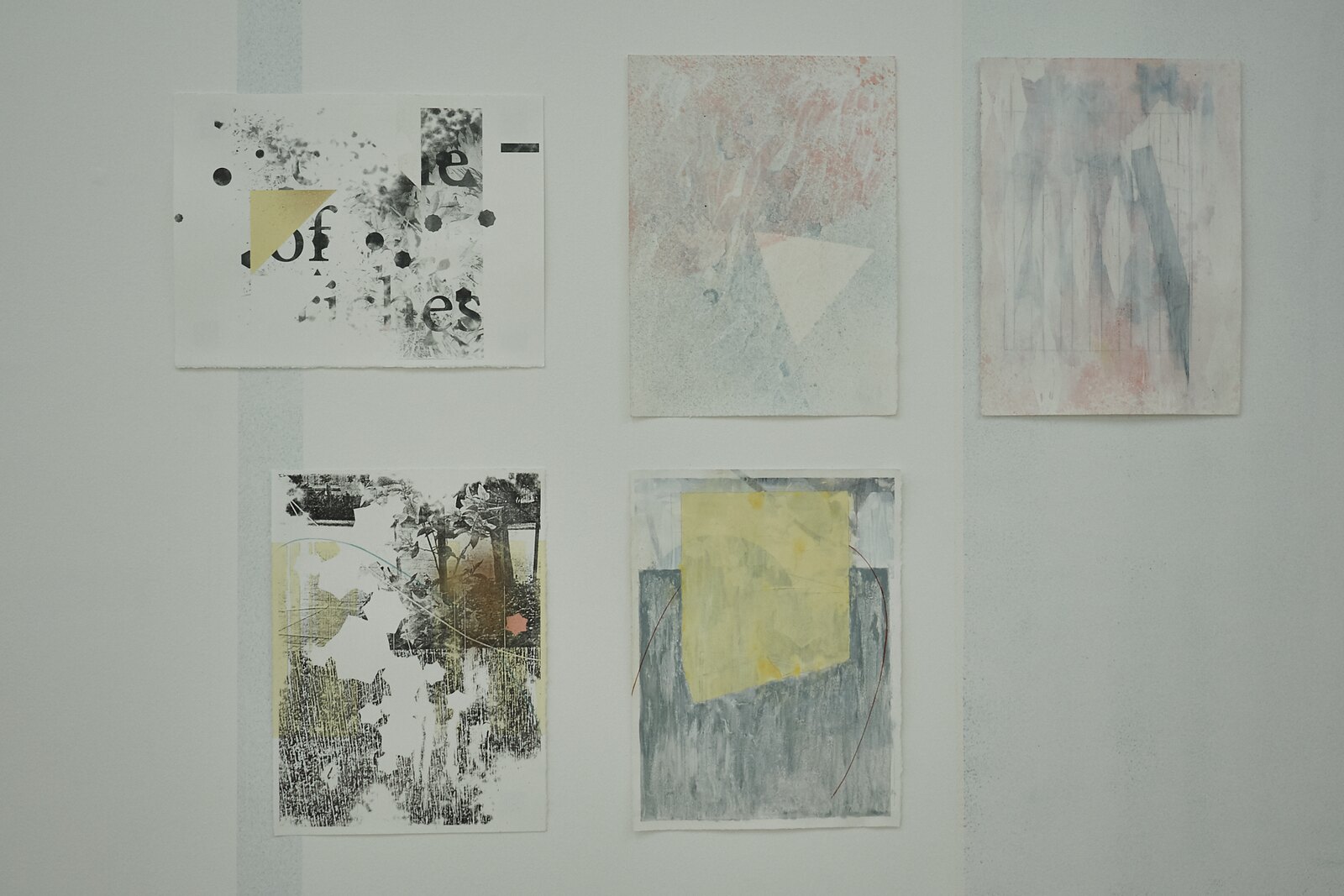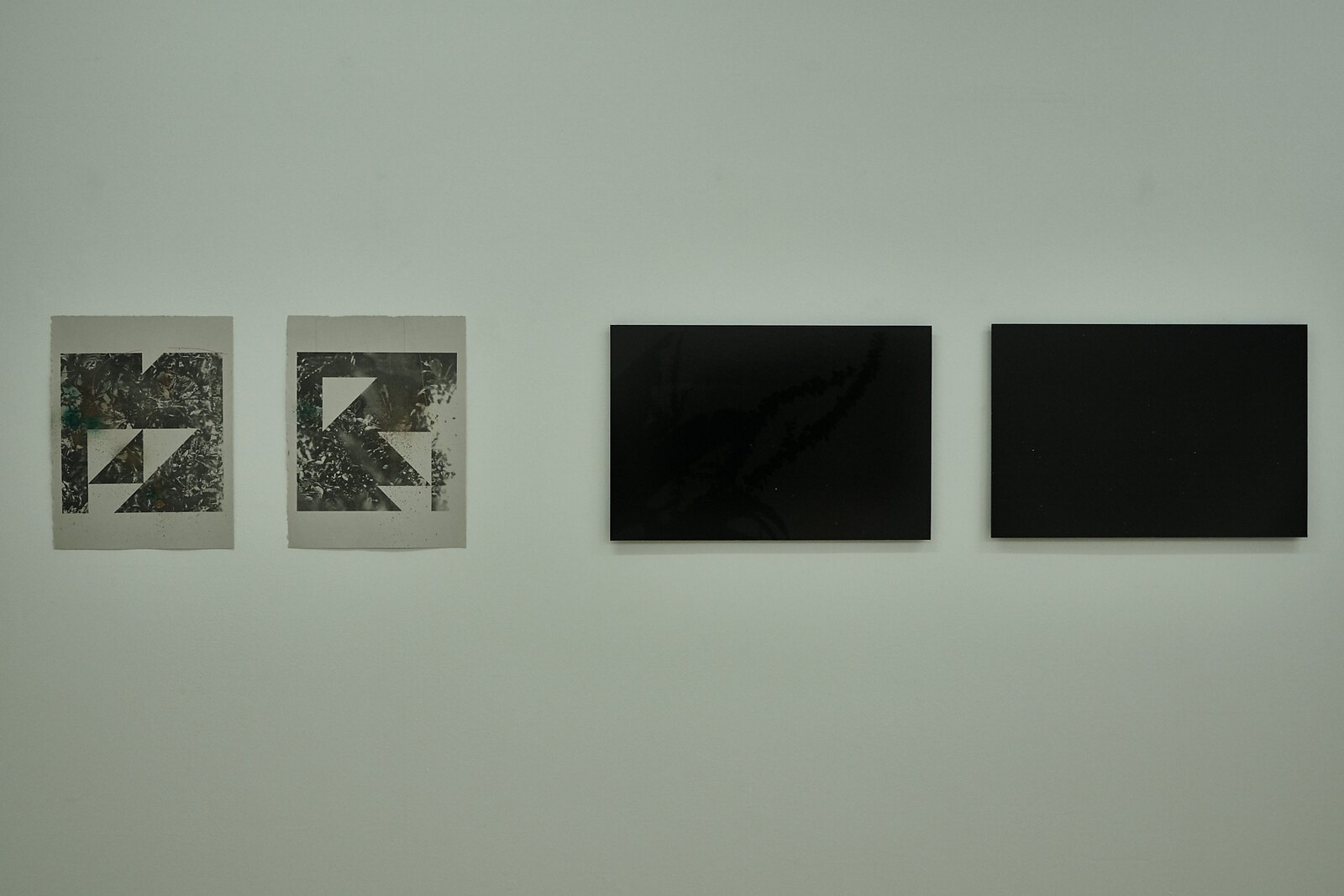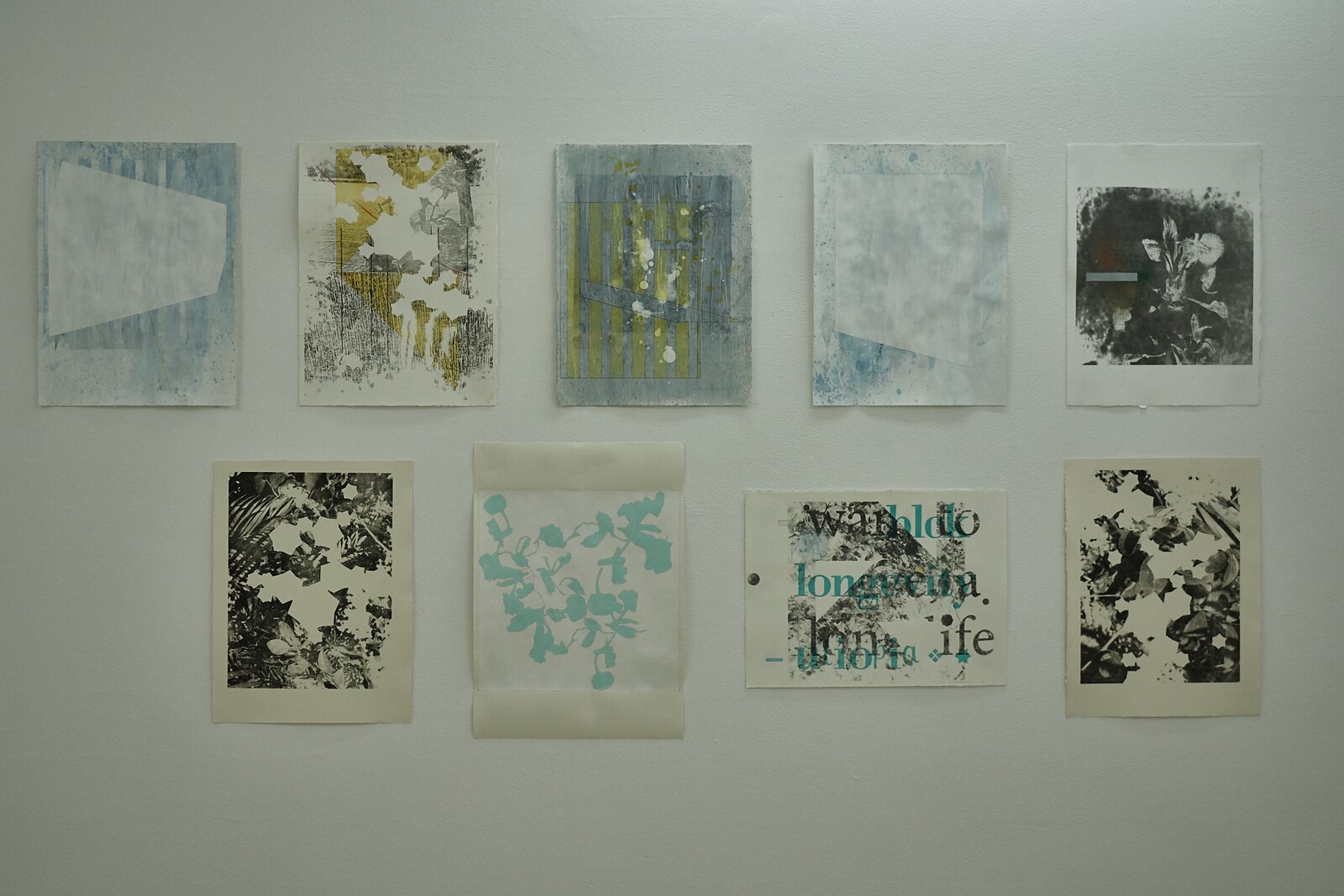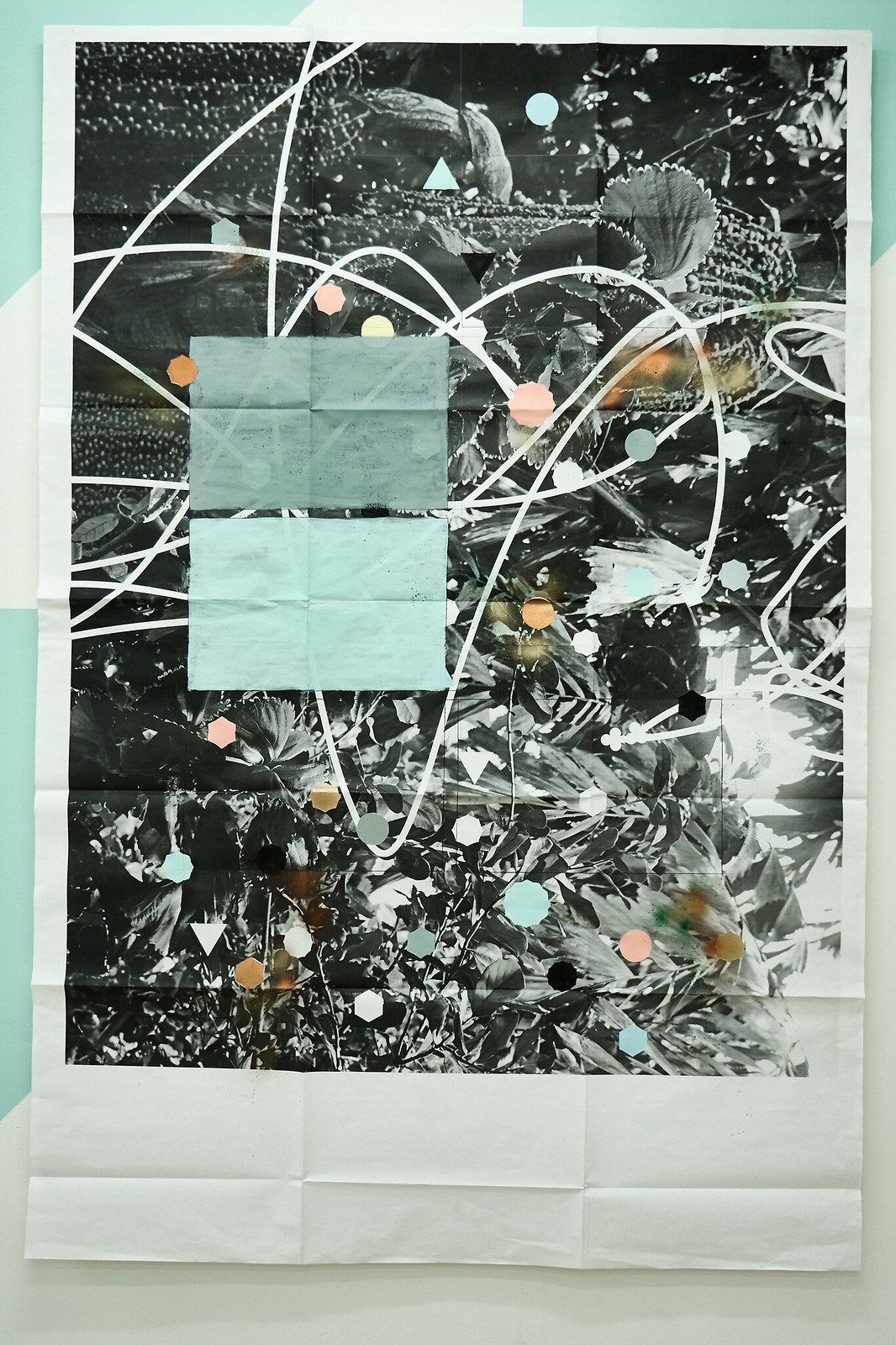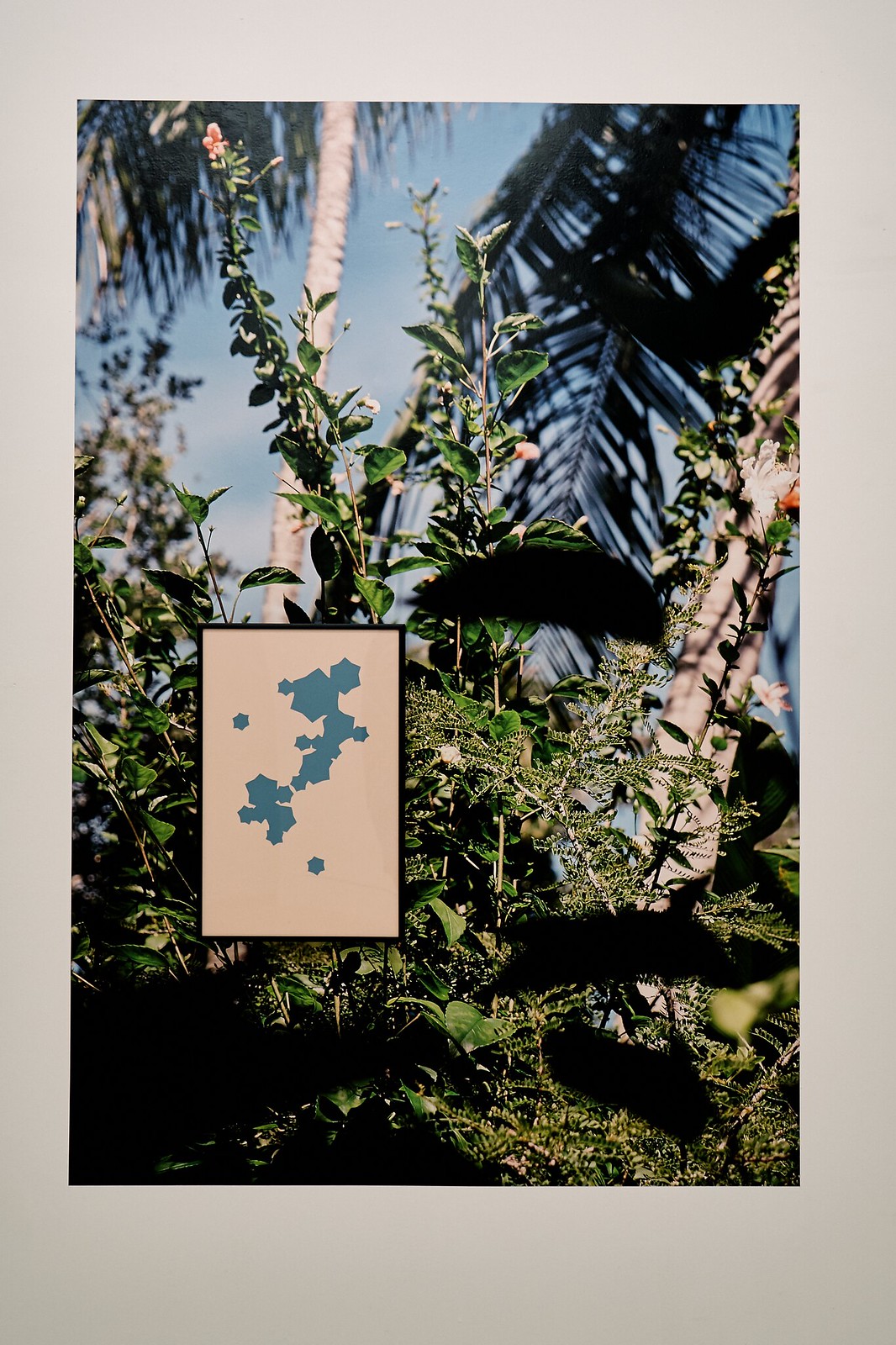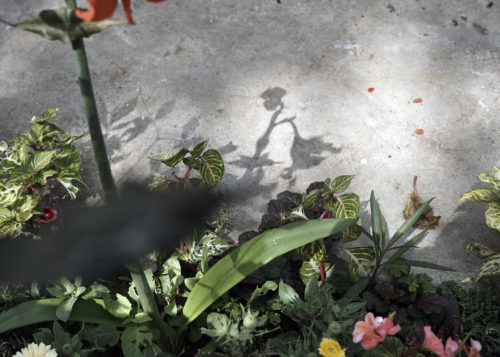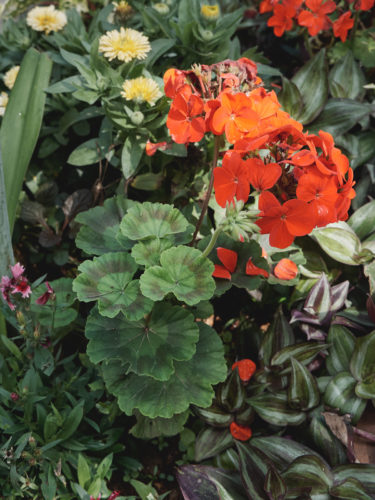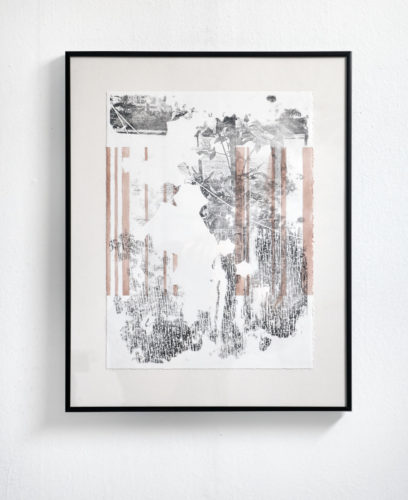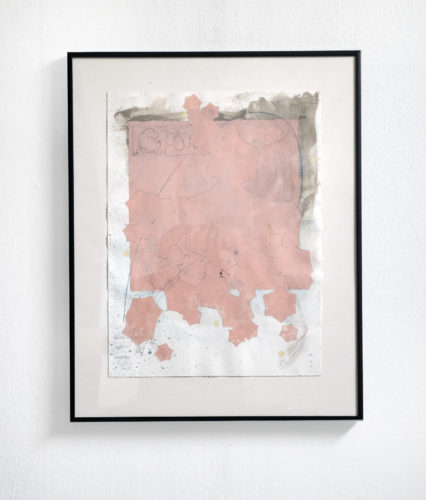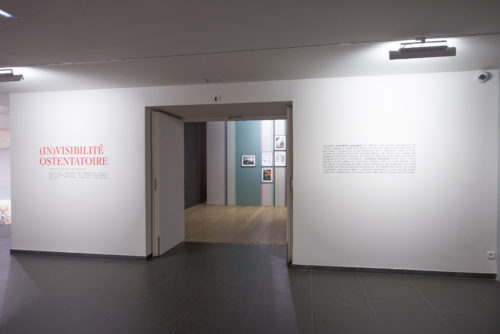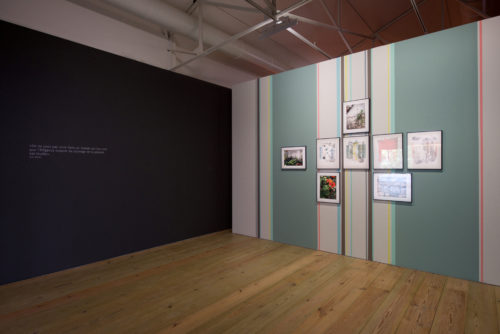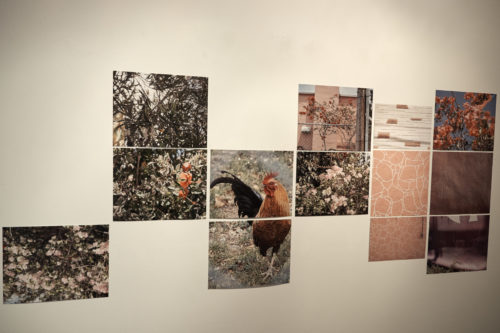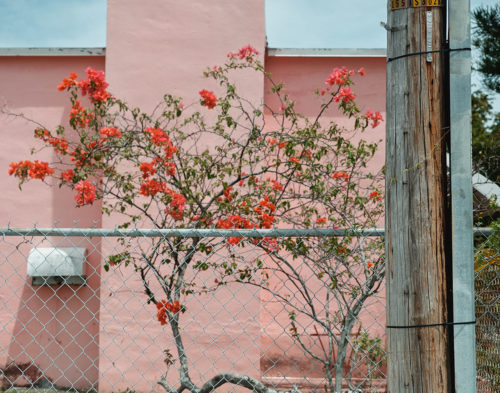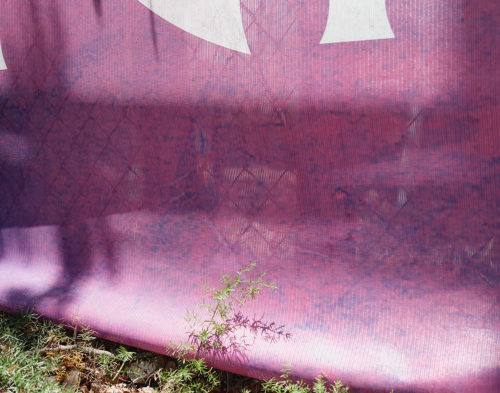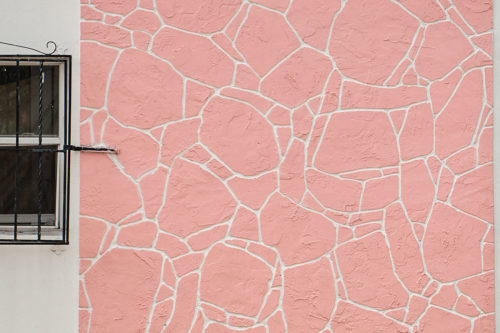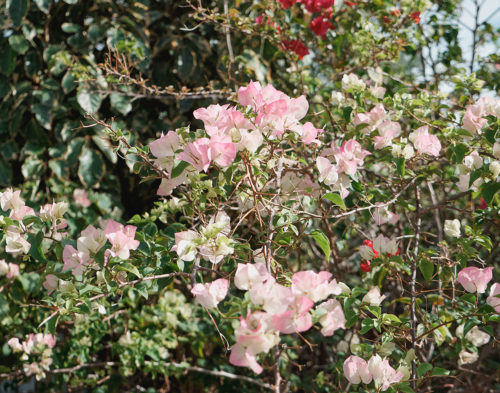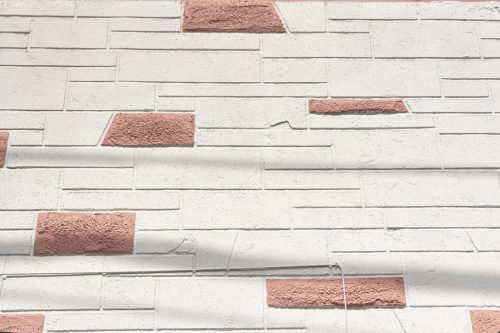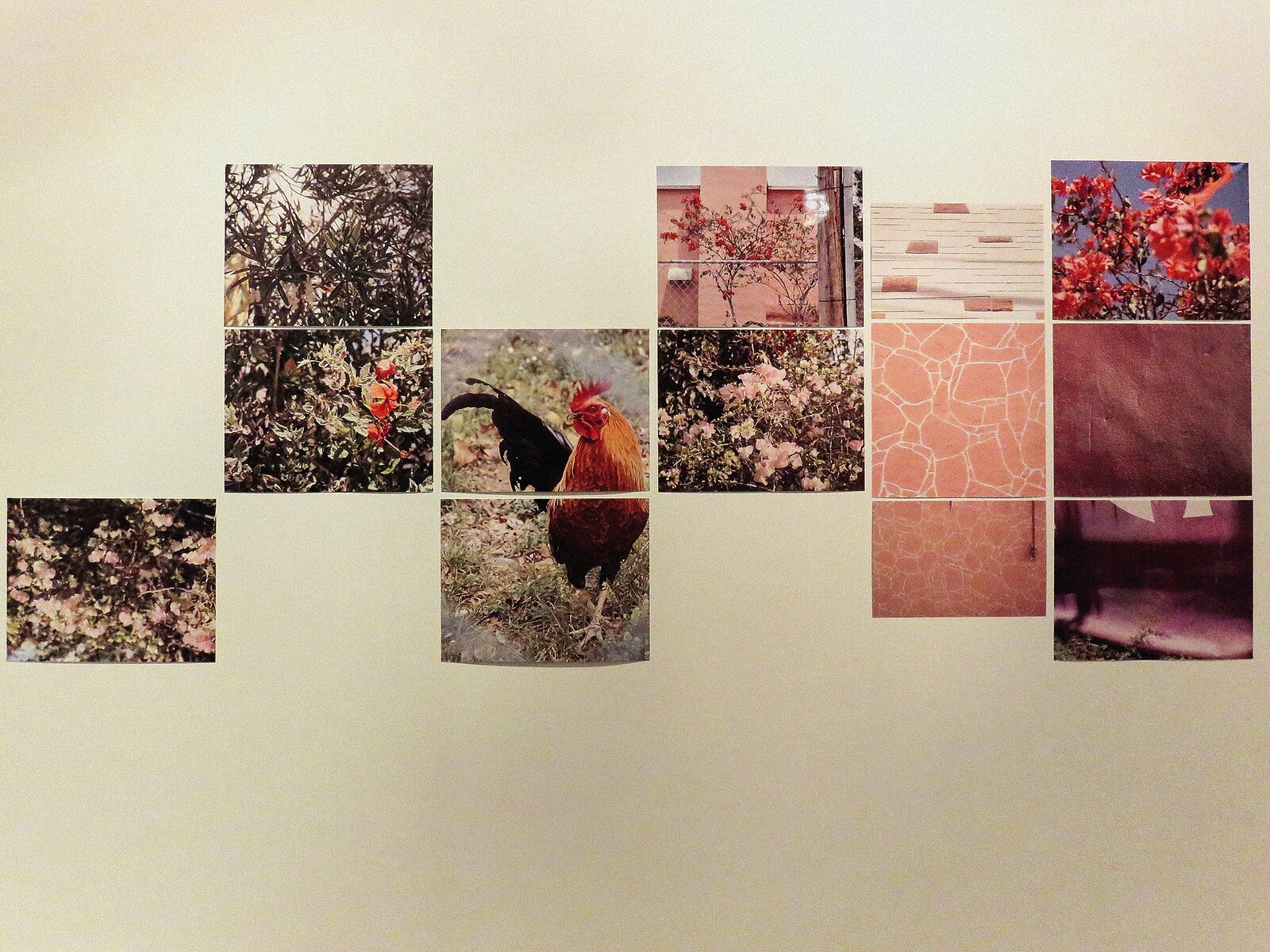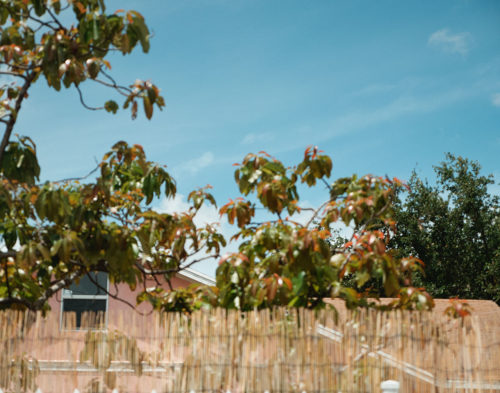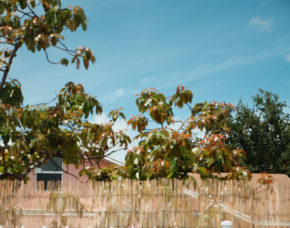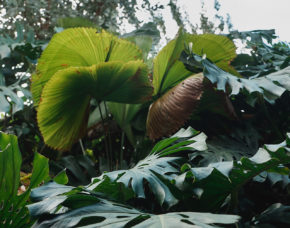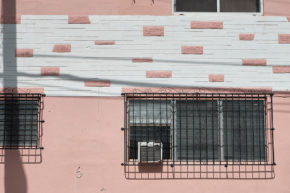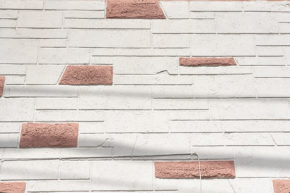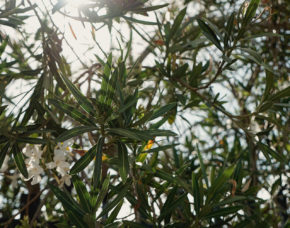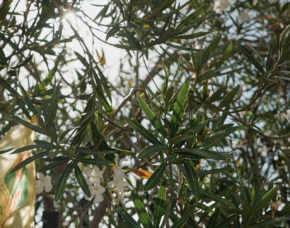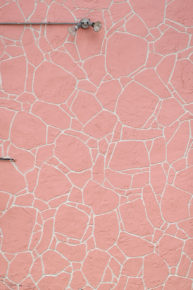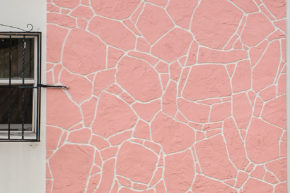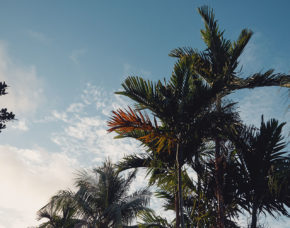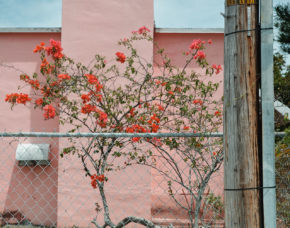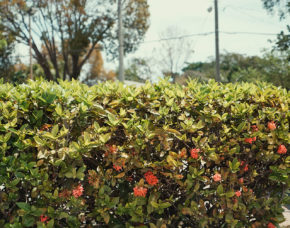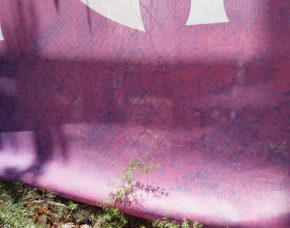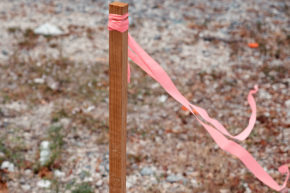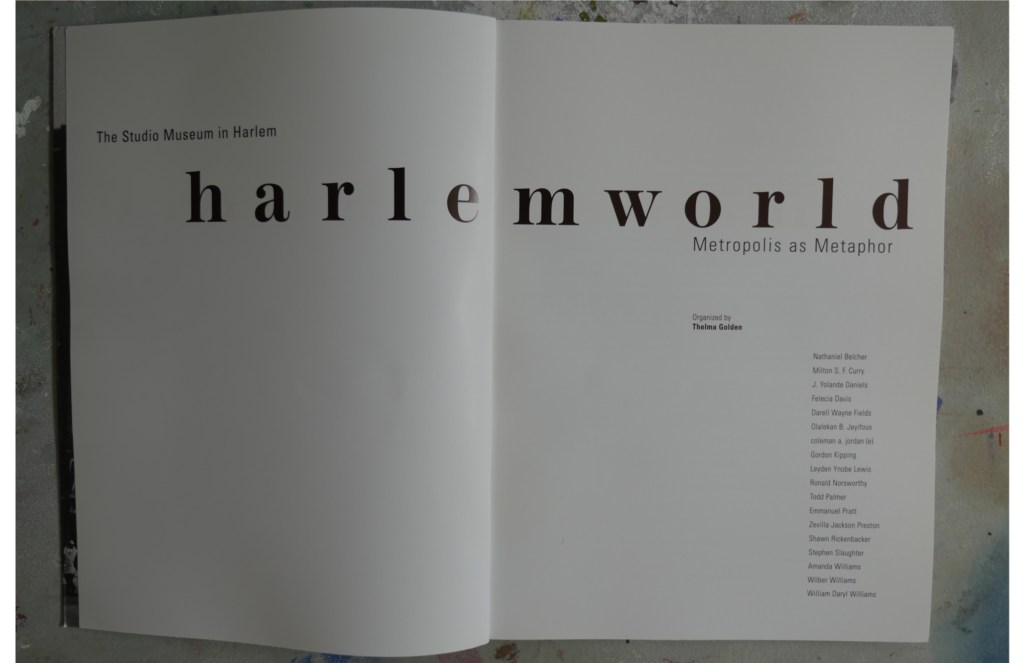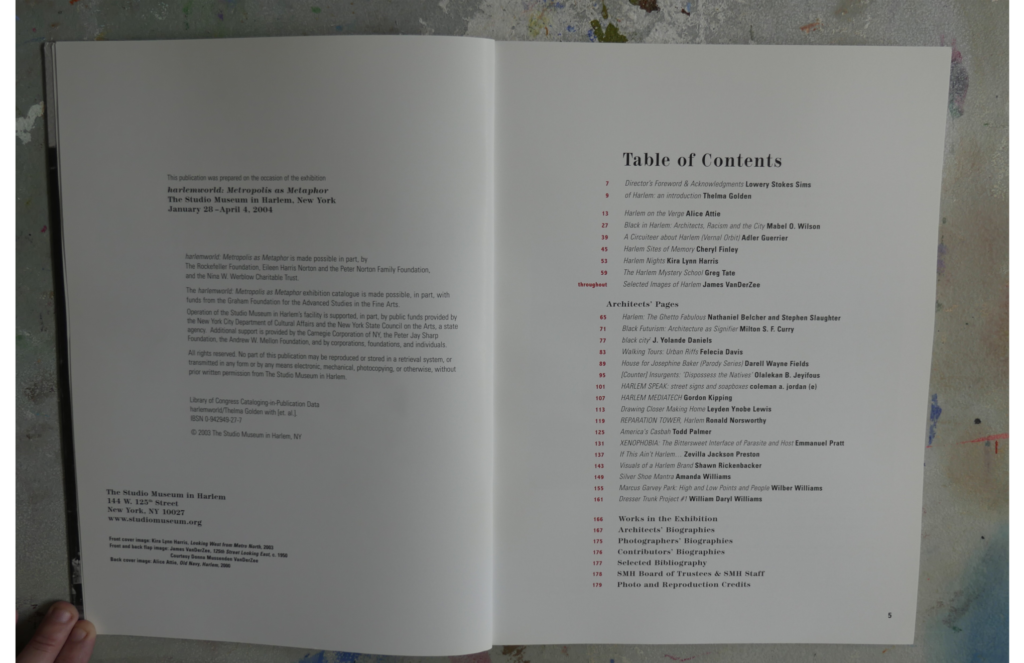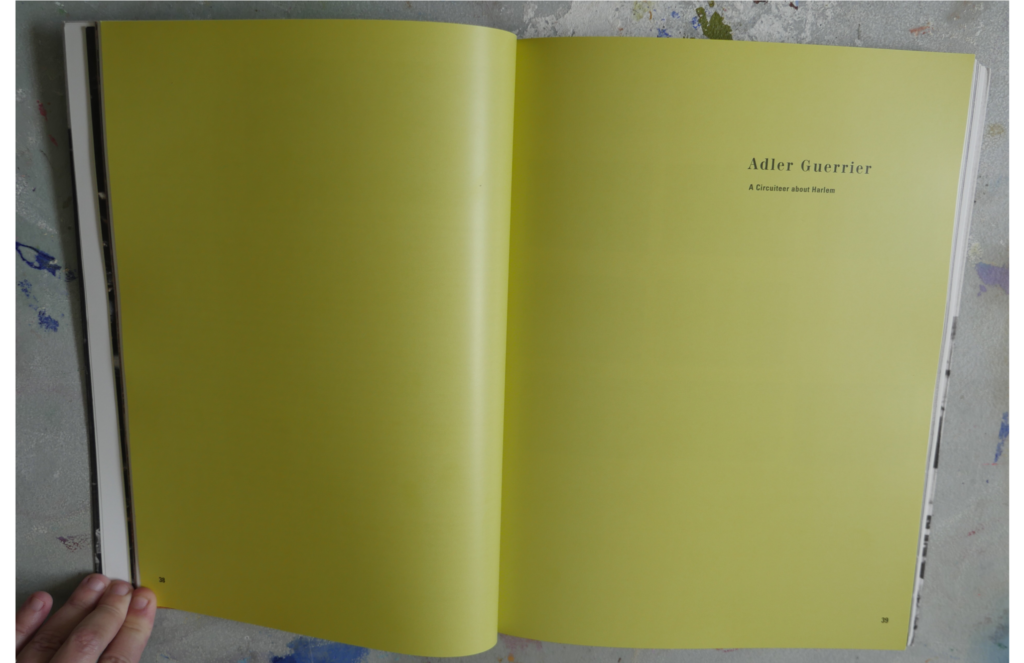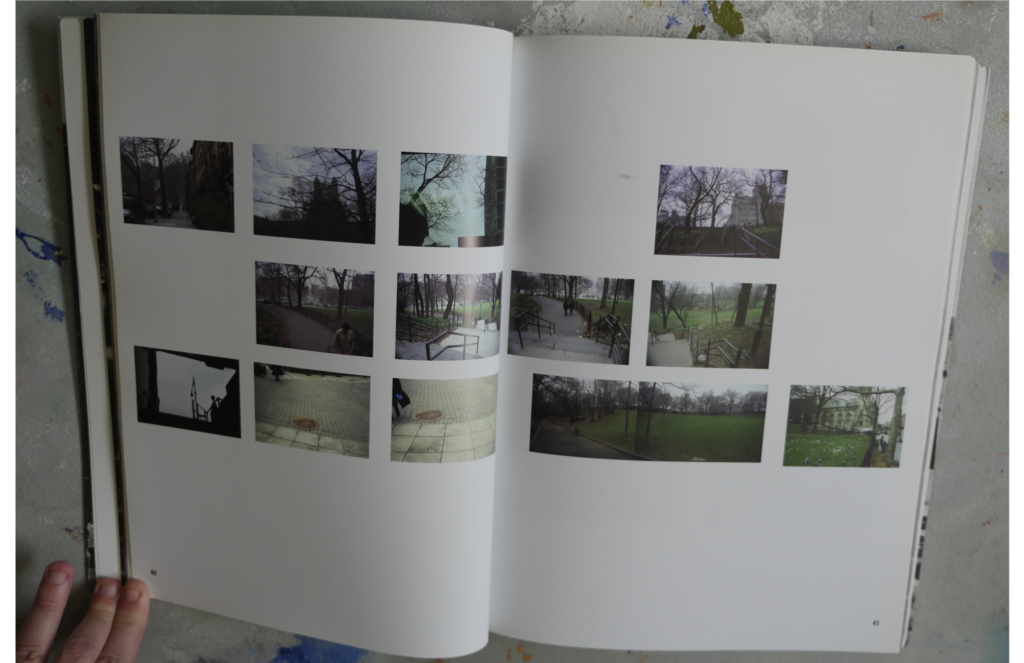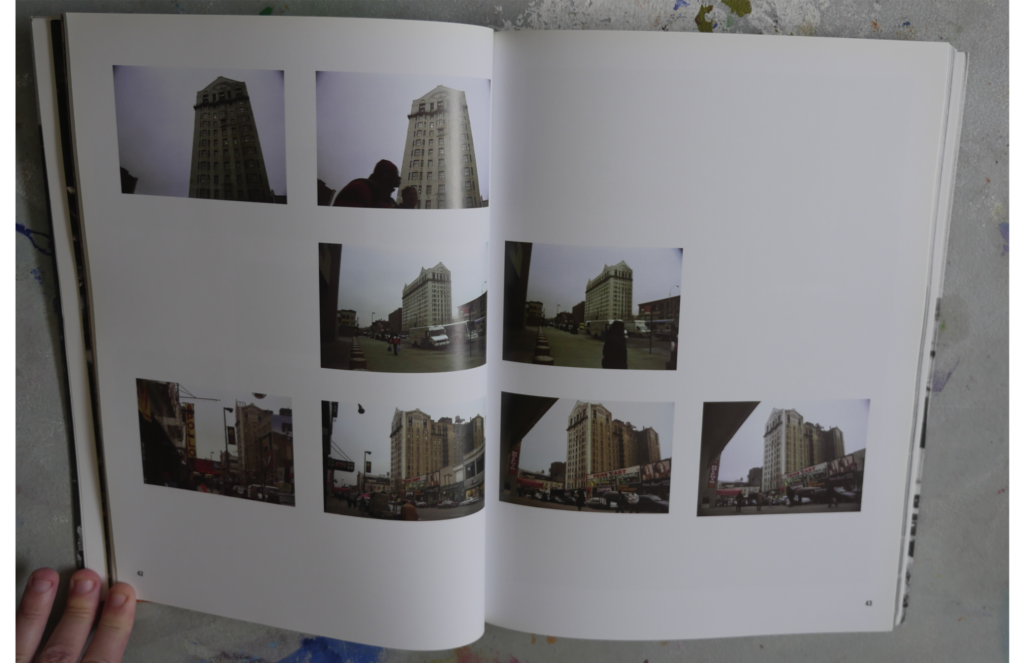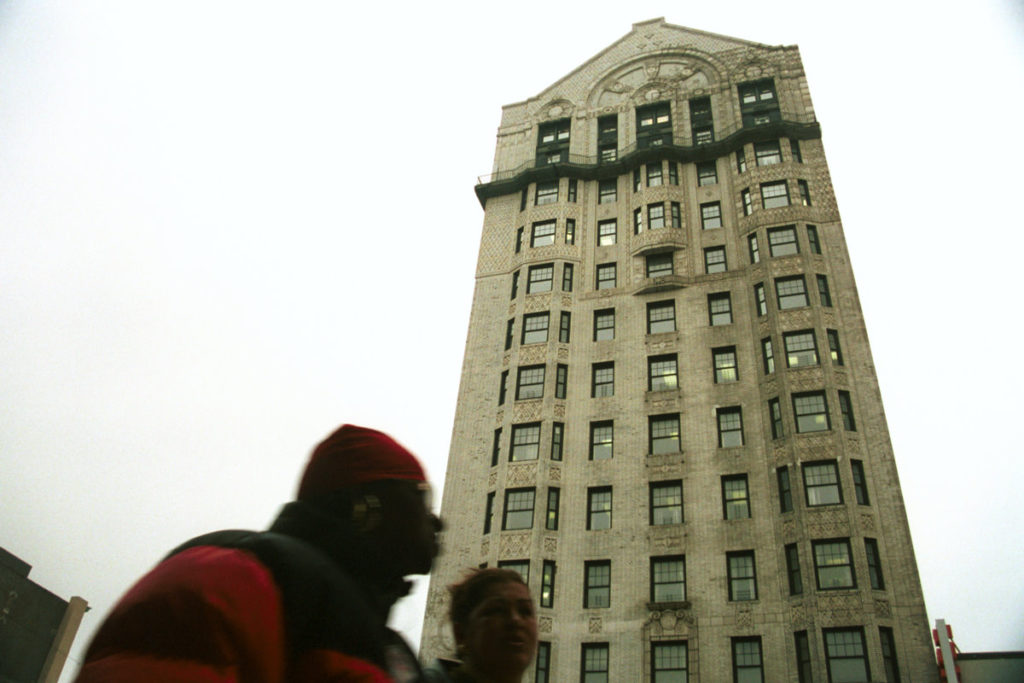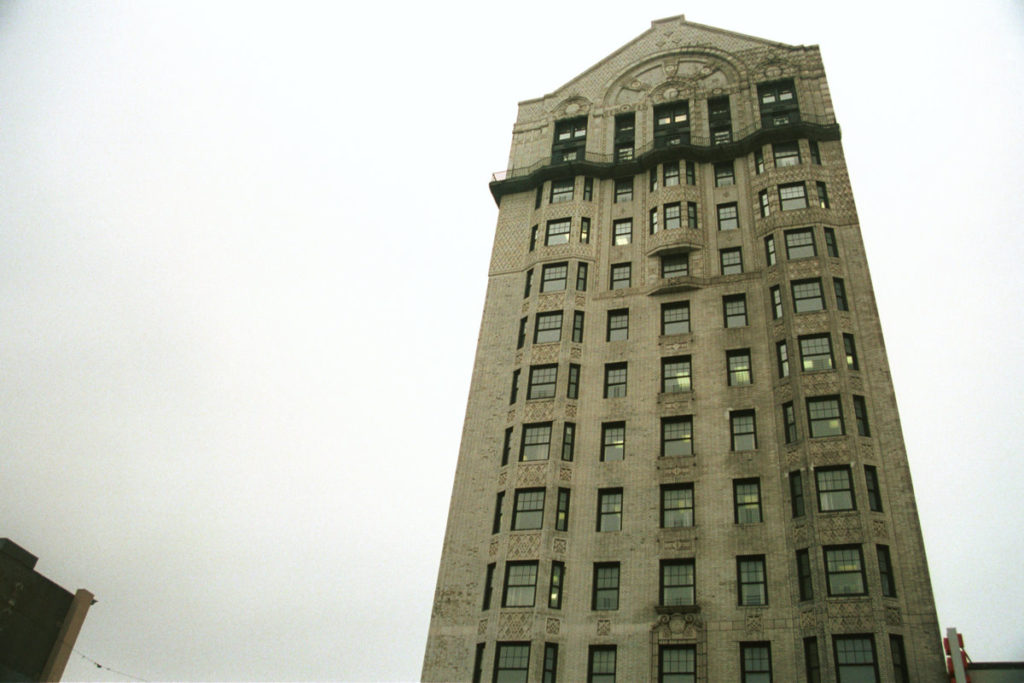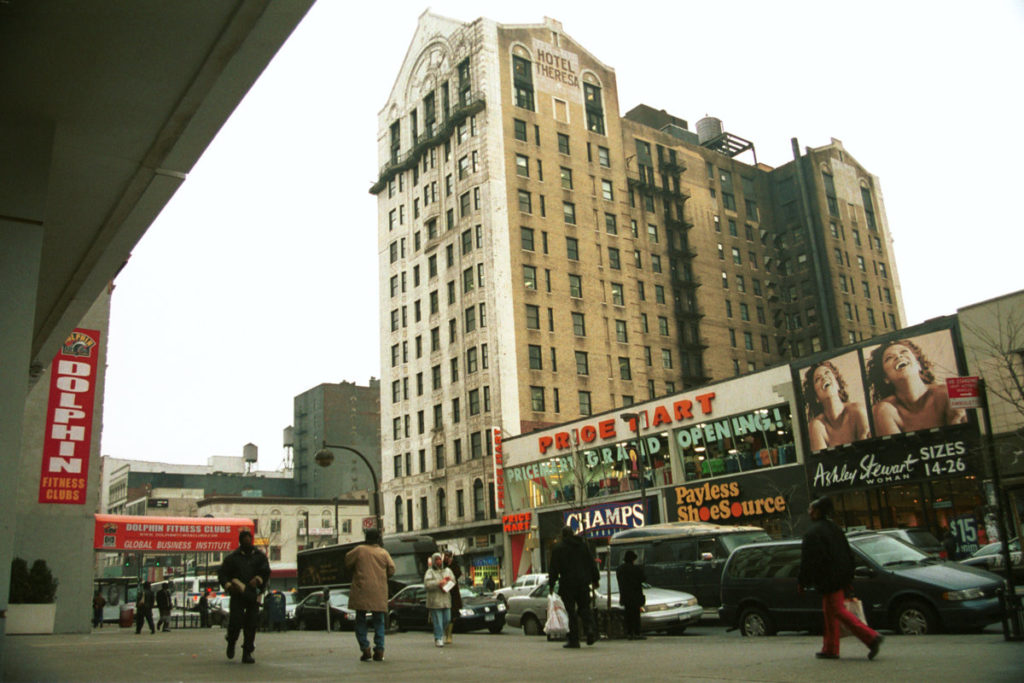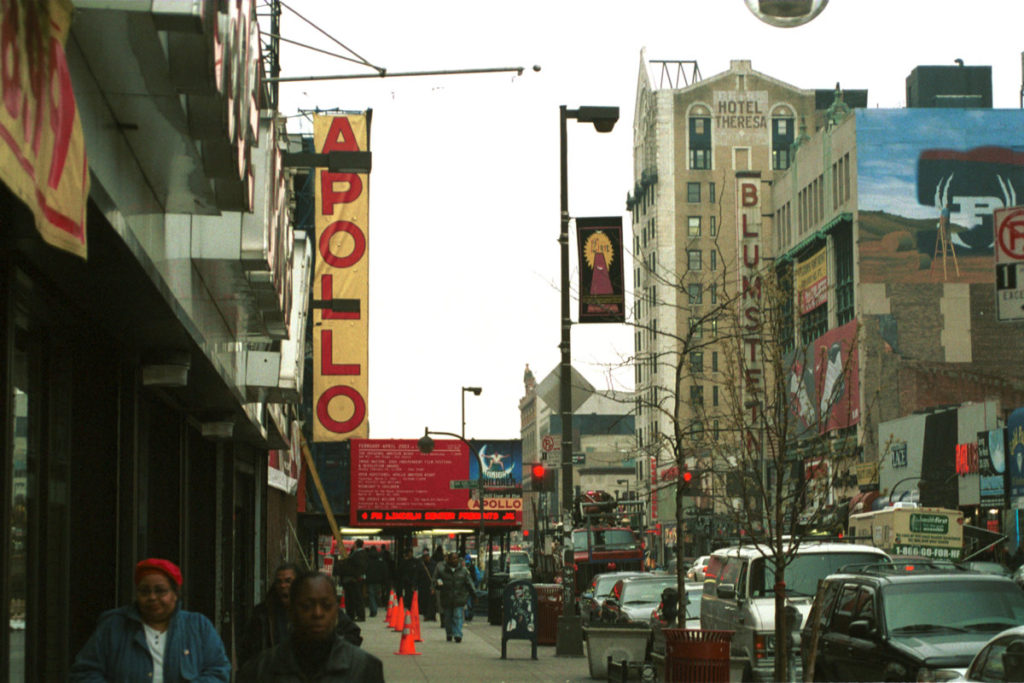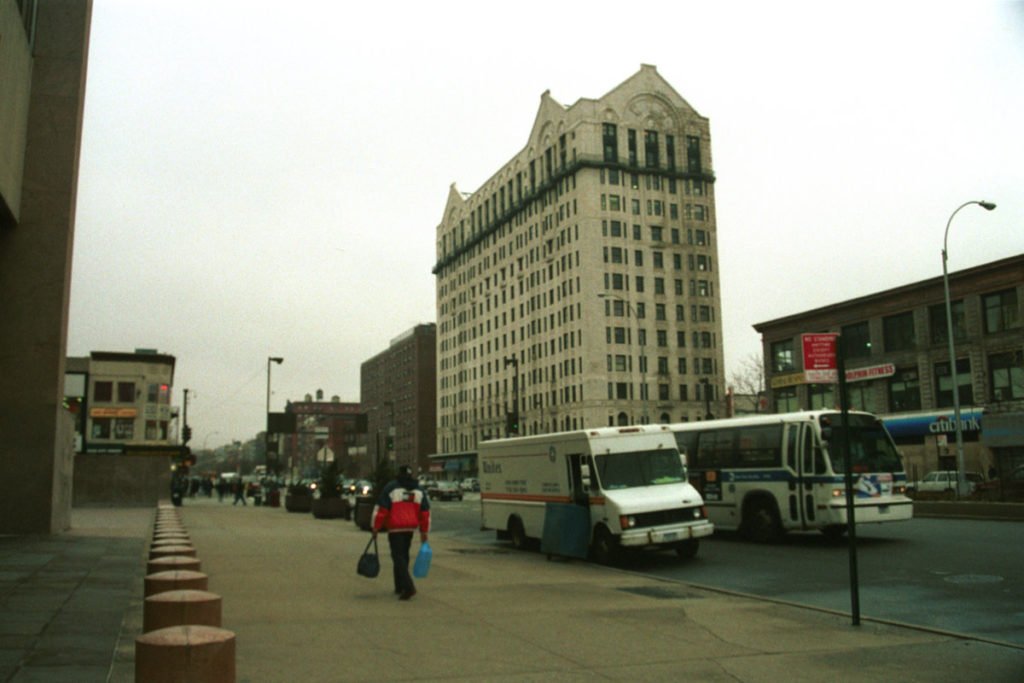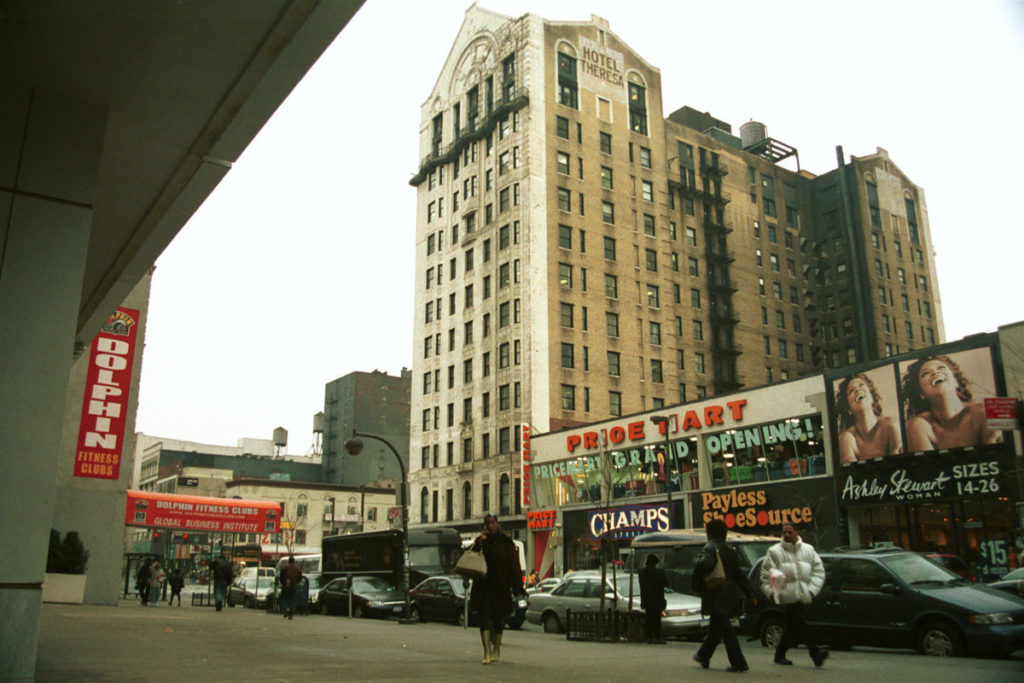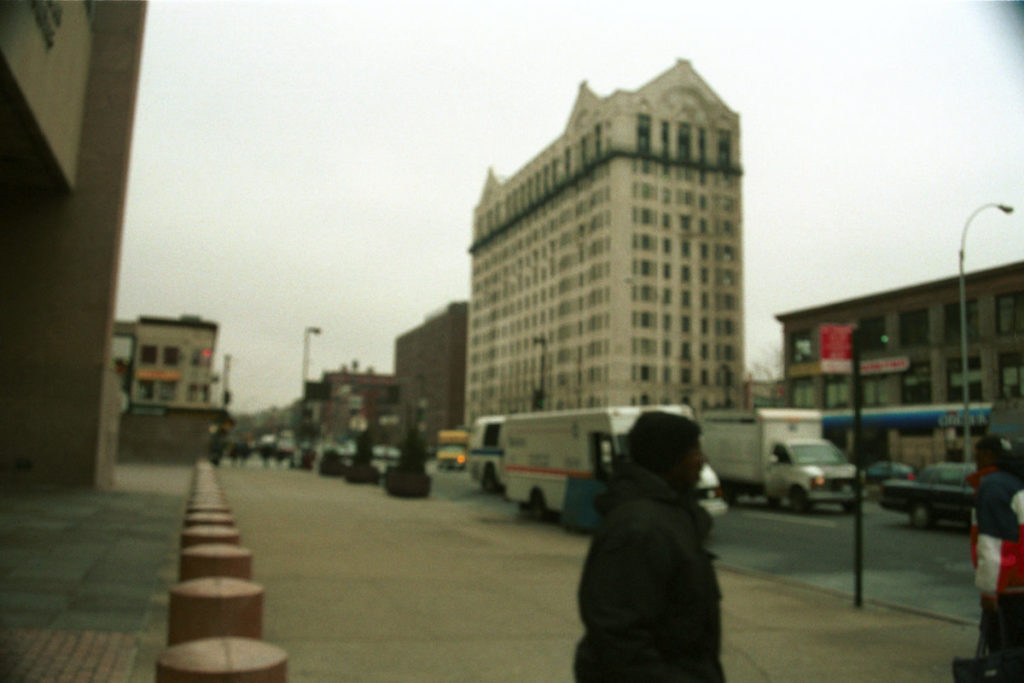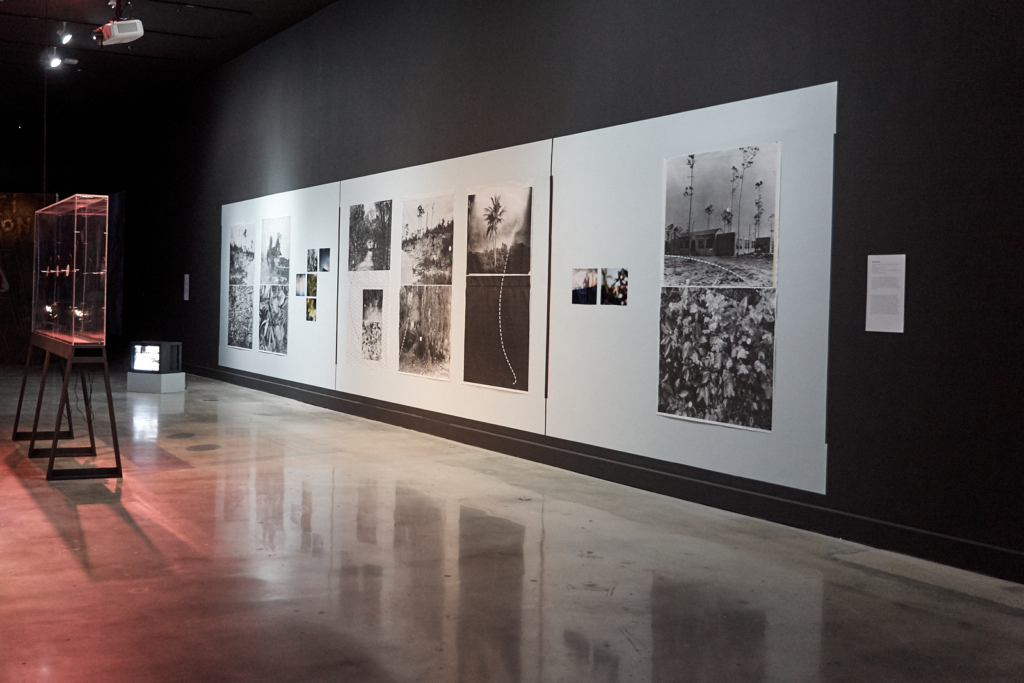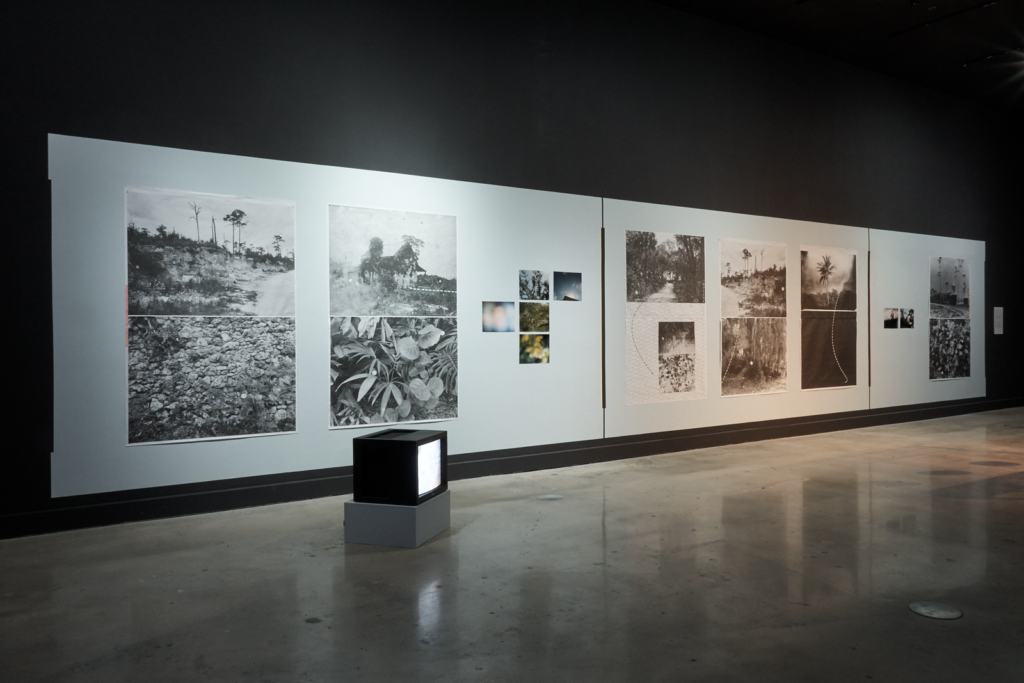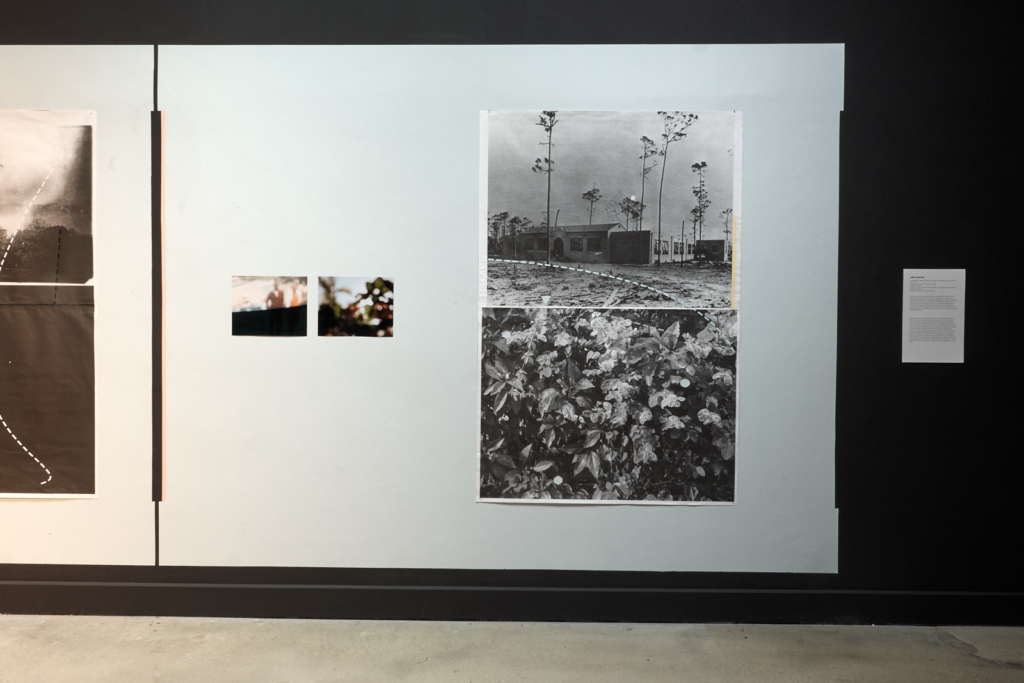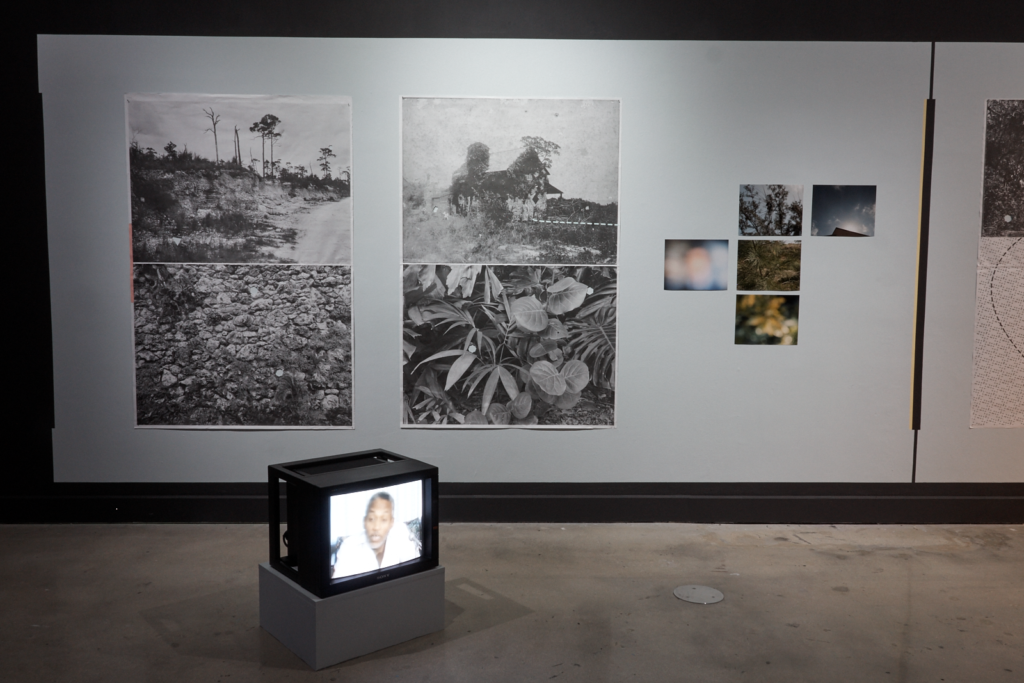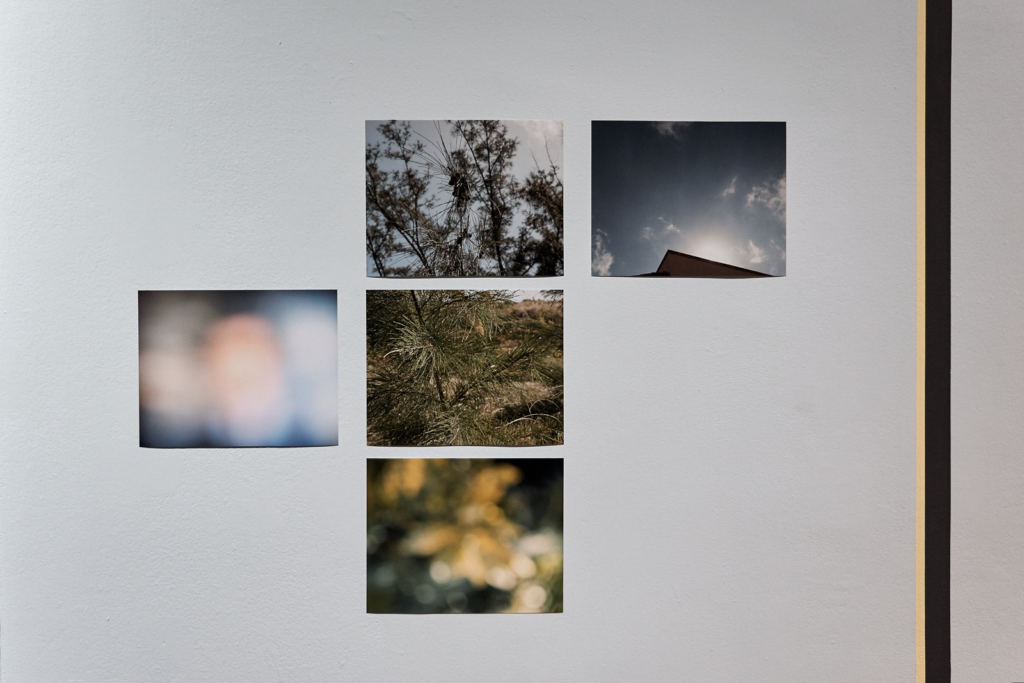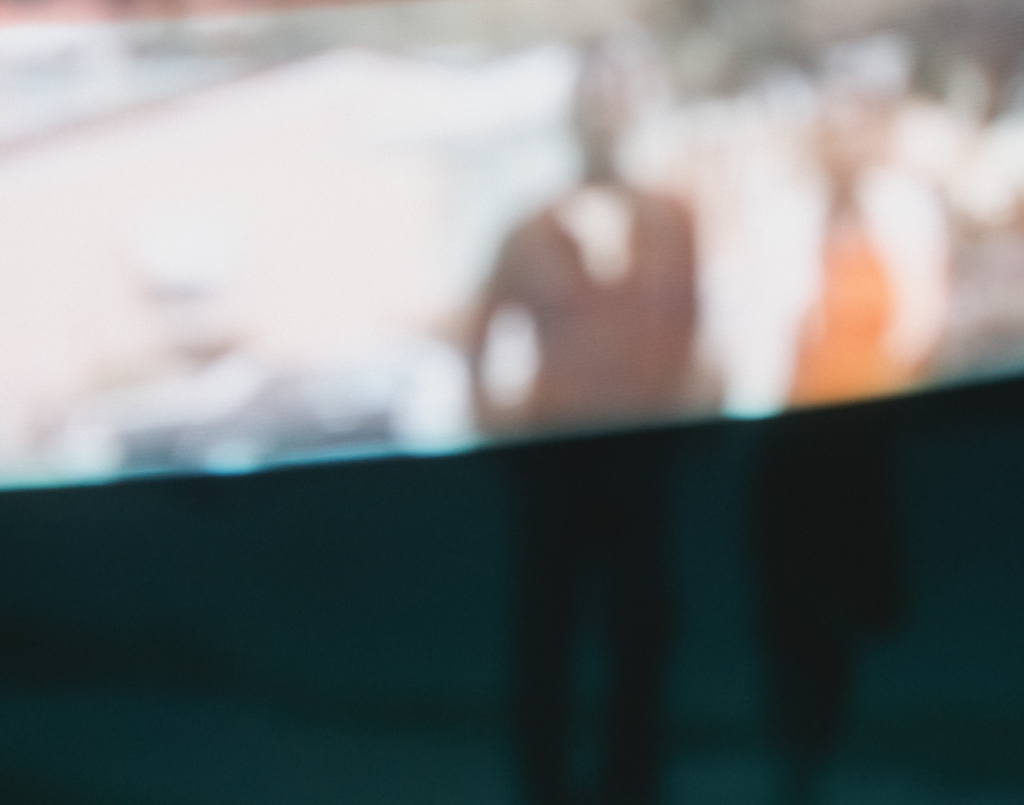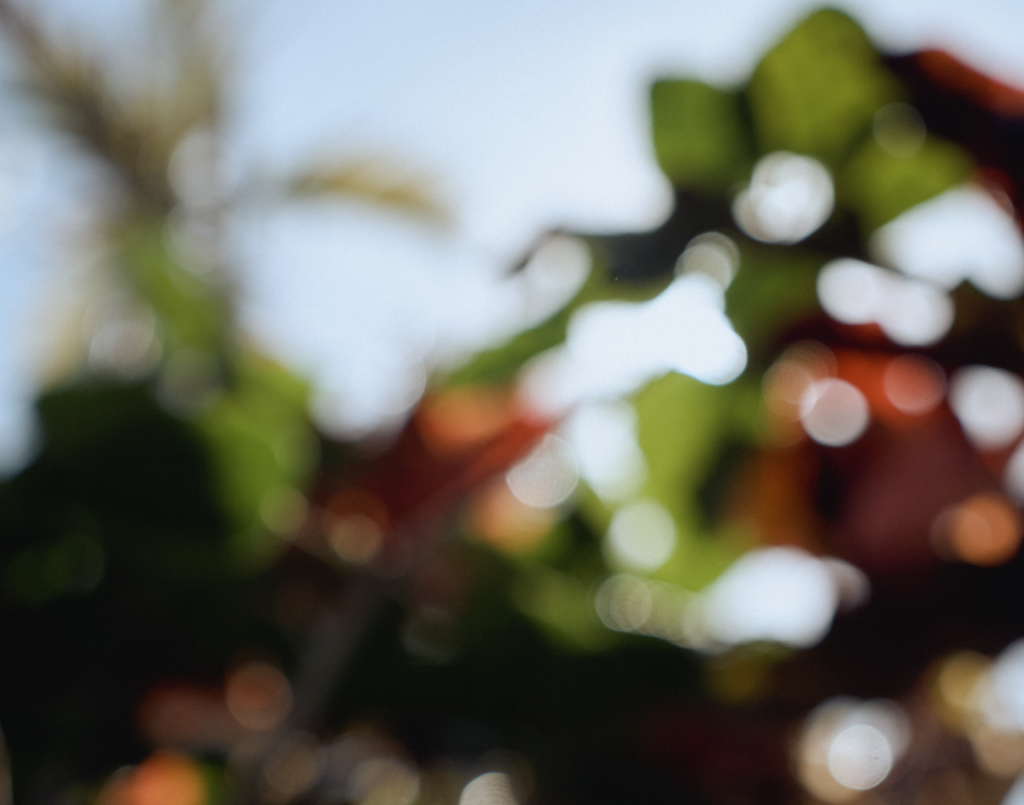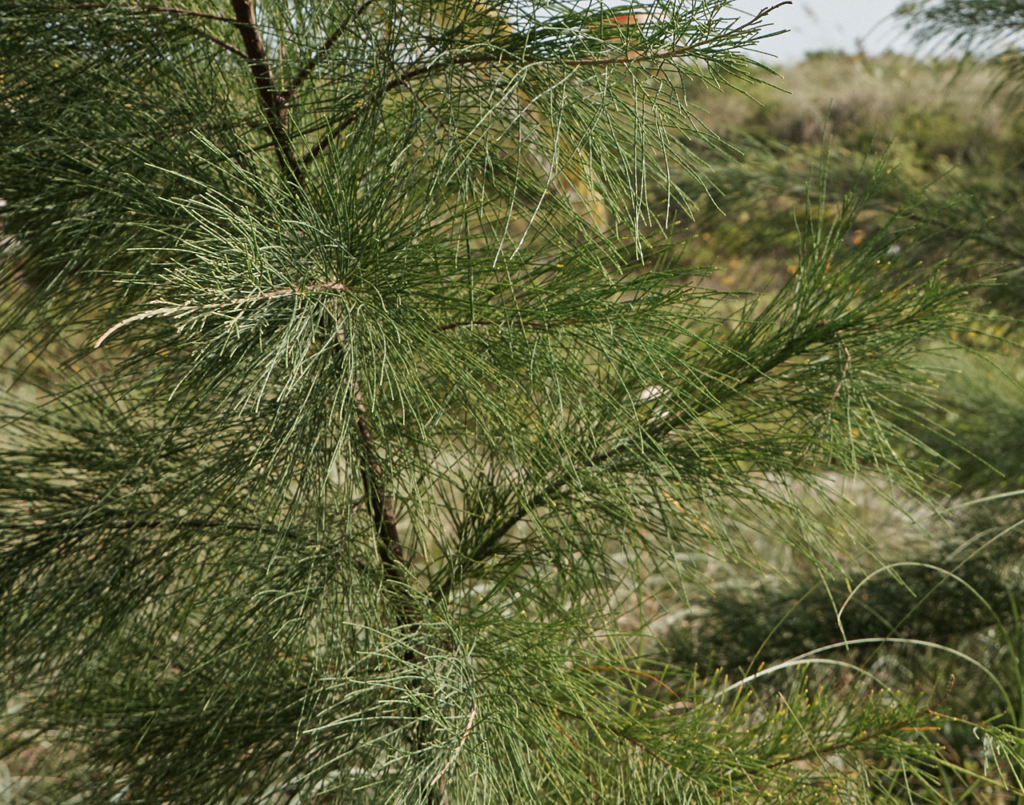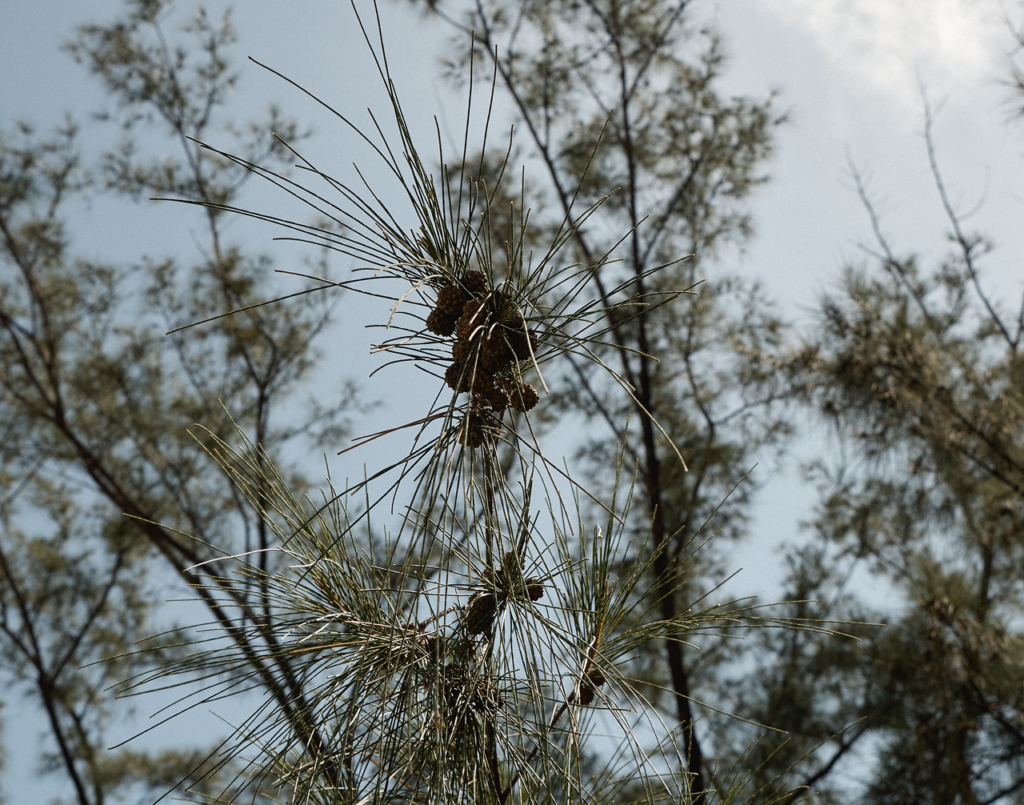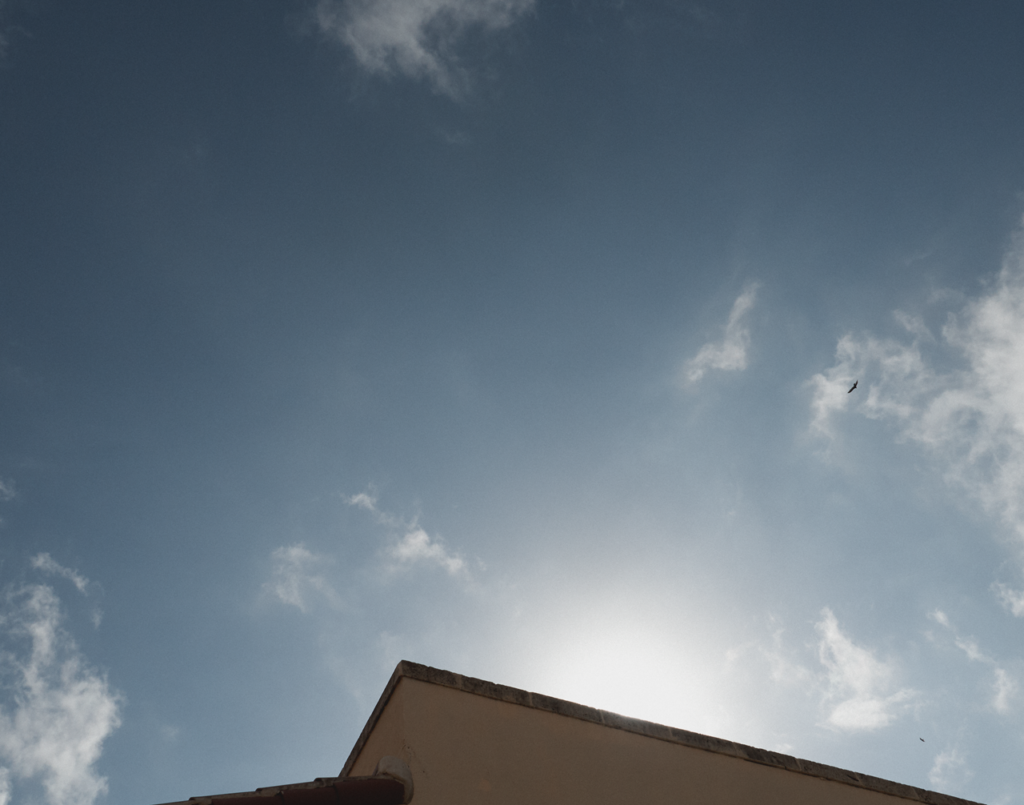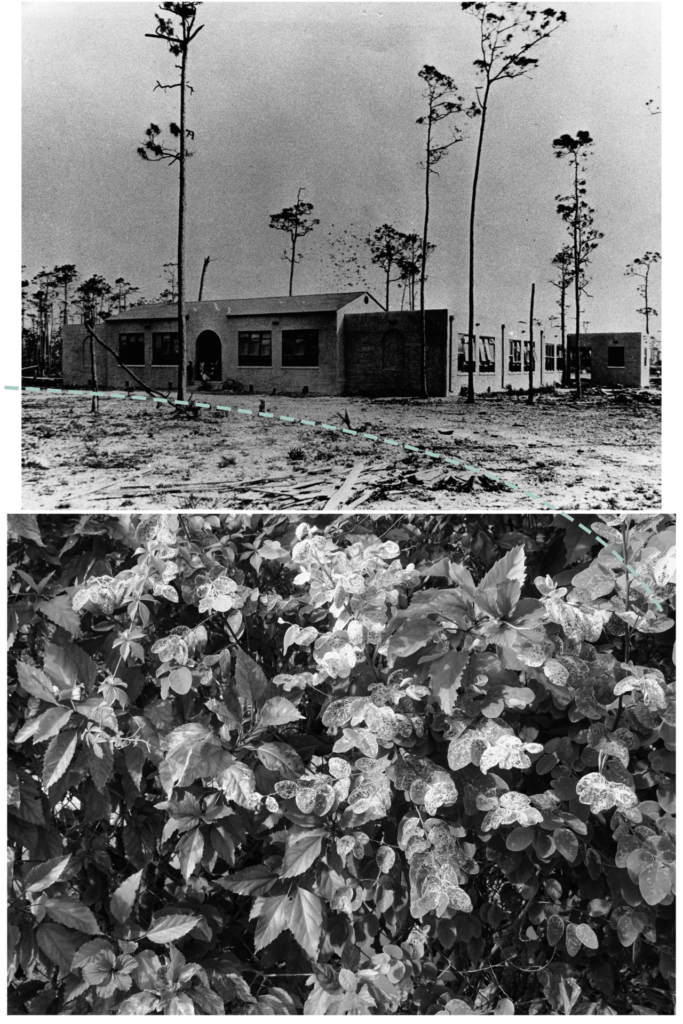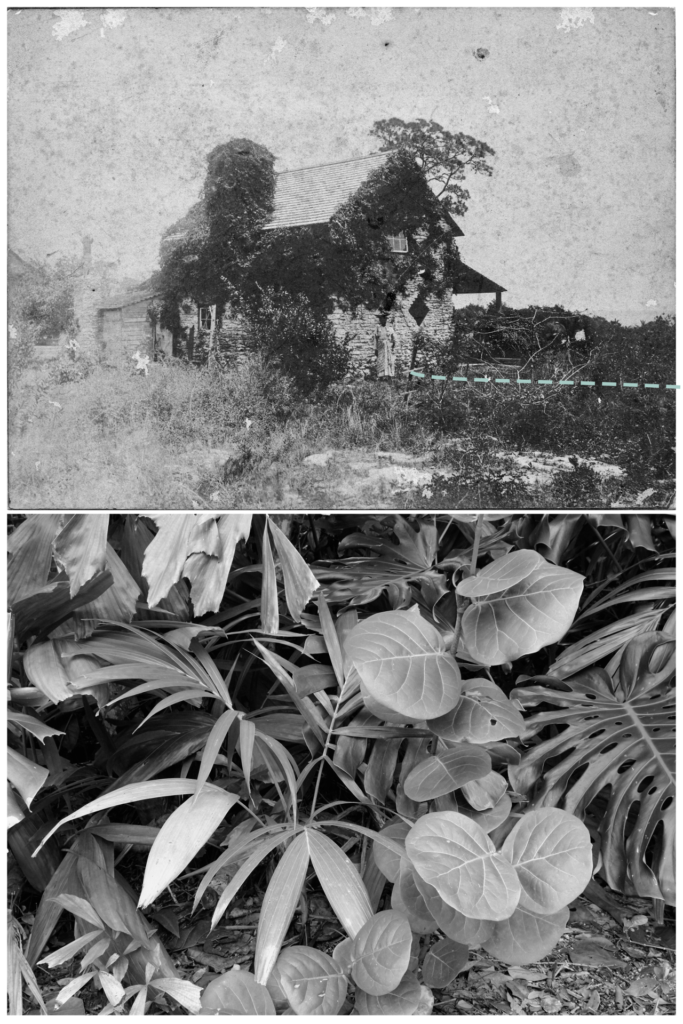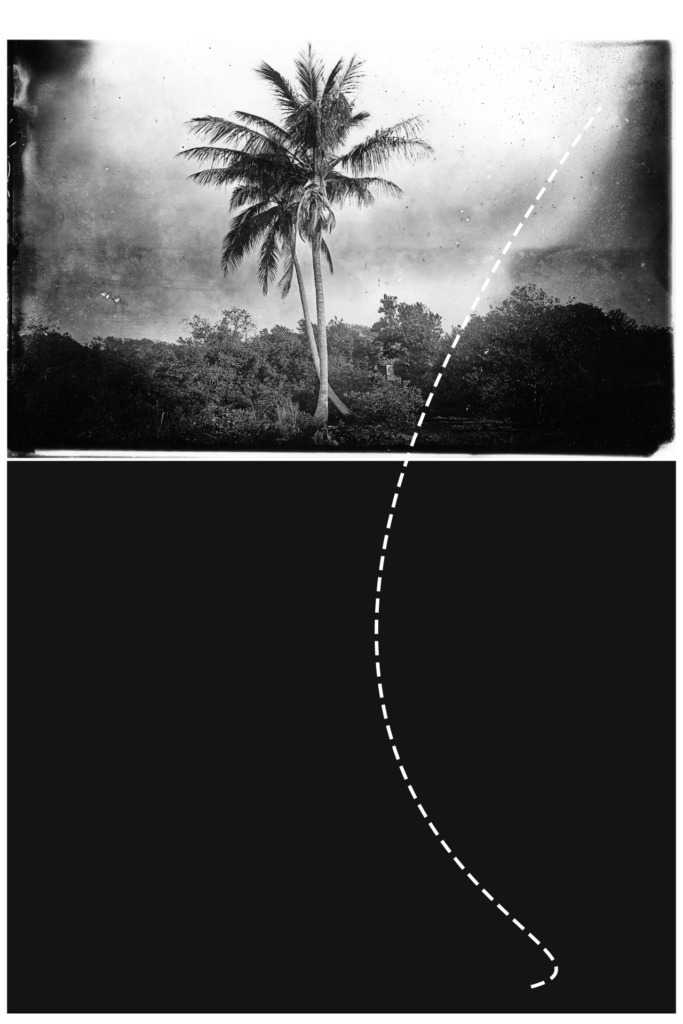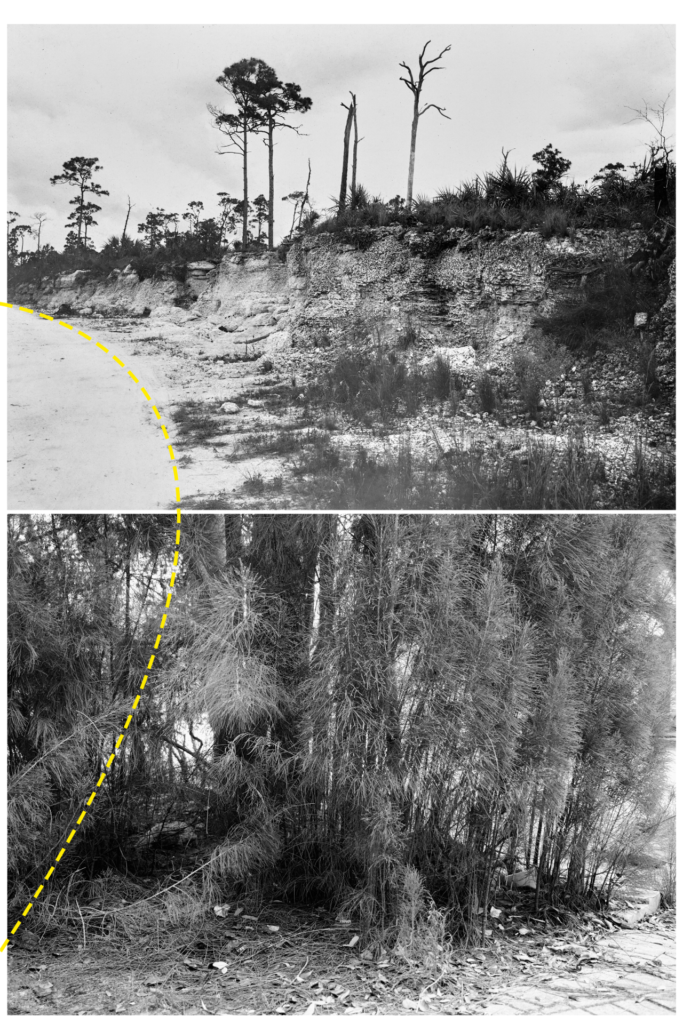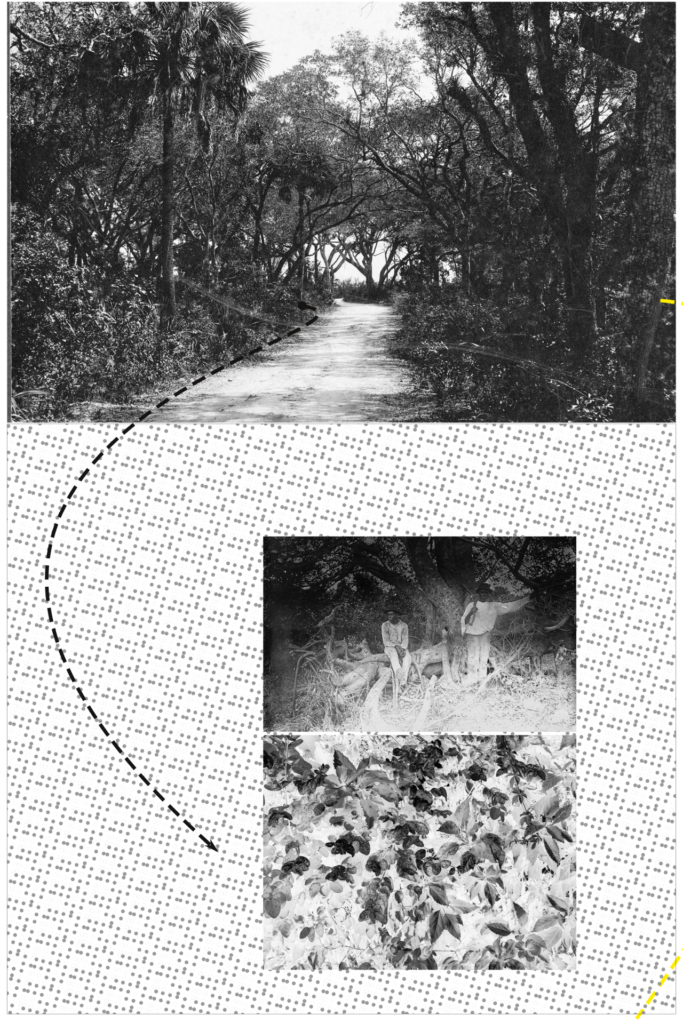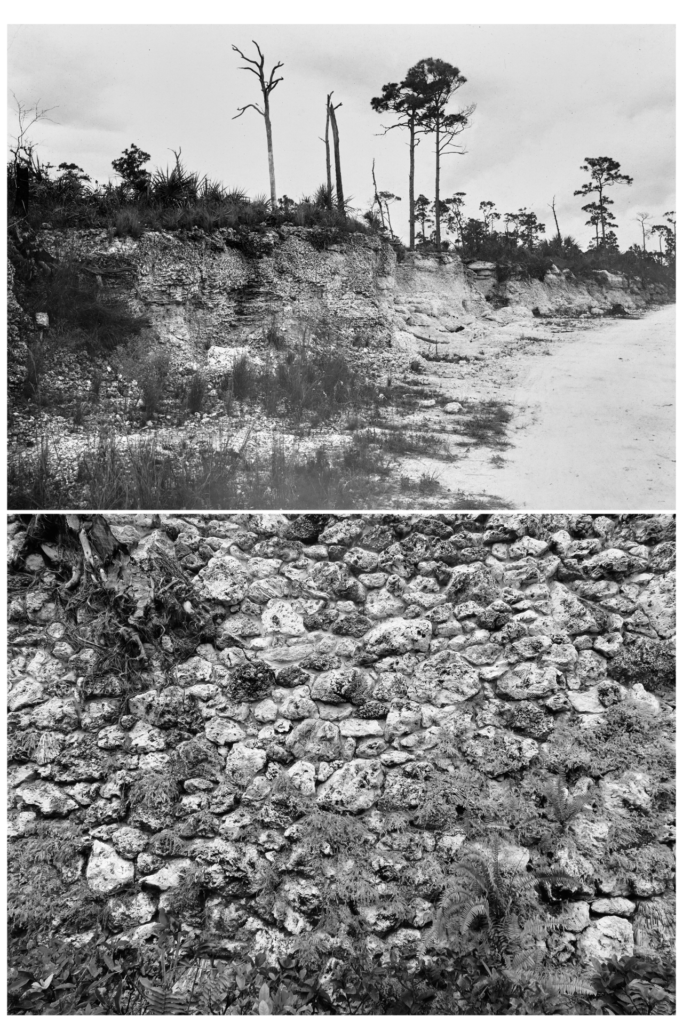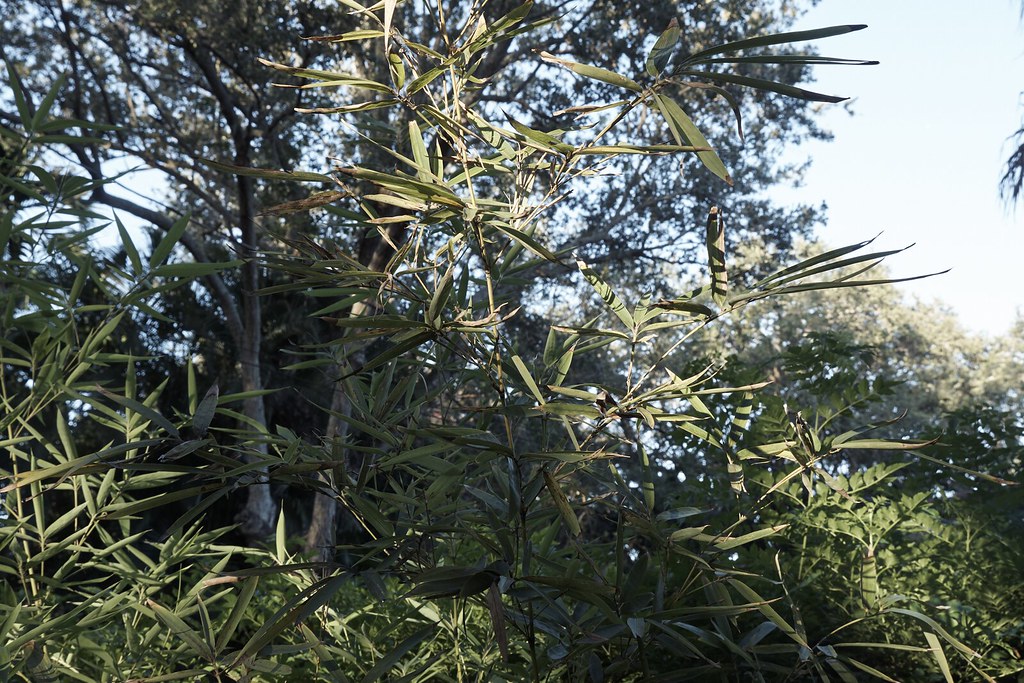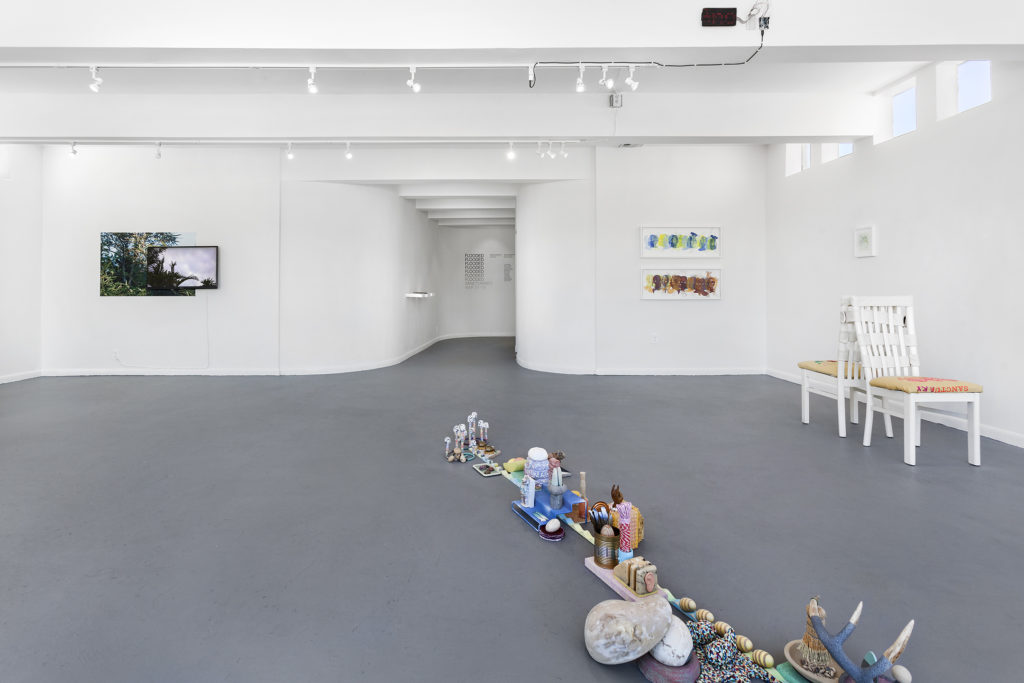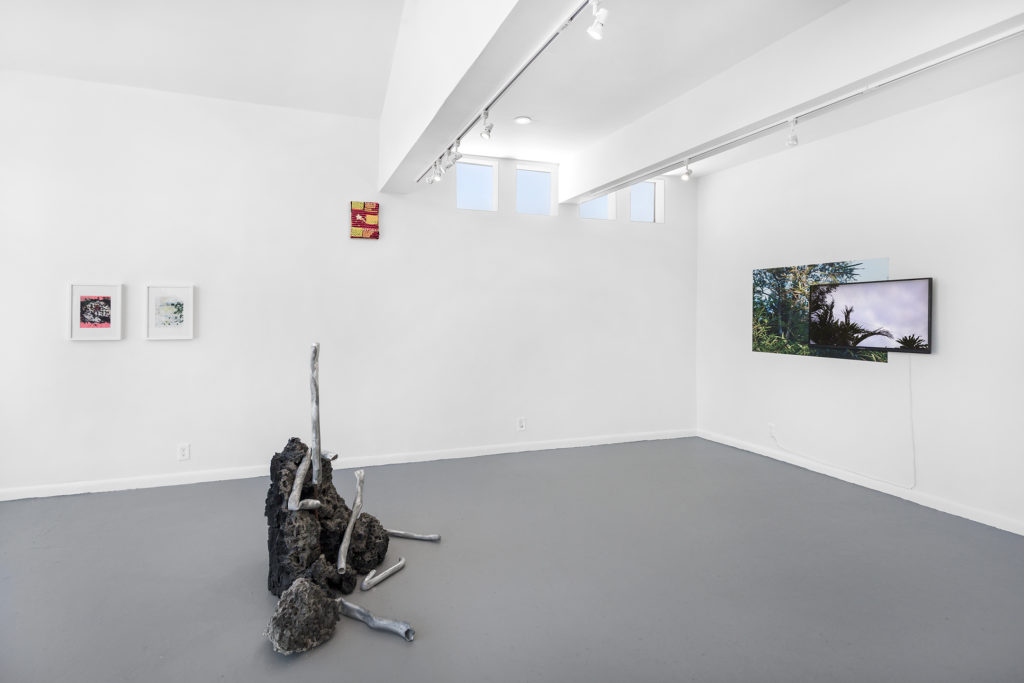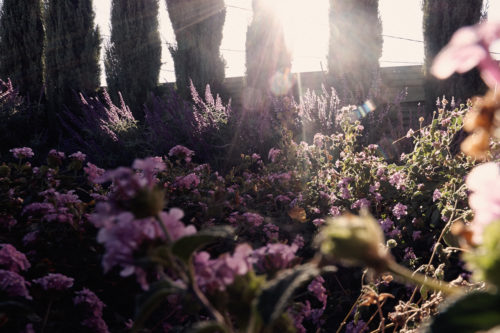
Untitled (Deployed conditionally and sunsetted; Underground)
Archival pigment print, 16 x 20 inches. 2017.
Category: photography
-
Blck, Red, & Tang
Shown at Newman Popiashvili Gallery, Blck, Red & Tang opened May 2008.
-
Deployed, Conditional, and Limited Utopia at David Castillo
List of works:
Press Release:
David Castillo Gallery presents Deployed, Conditional, and Limited Utopia, a solo exhibition by Adler Guerrier.
Deployed, Conditional, and Limited Utopia builds a visual topography of the urban, subtropical conditions of Miami, reflecting upon these distinct environments as evidence of the cultural and political landscapes of the city. Human activity, and the turns of economic booms and busts, are insinuated throughout the works as artifacts—semi-manicured yards, chain link fences, power lines, pavement—hidden among rich vegetation; subjects that are treated as background. Guerrier, in many ways, plays the role of cultural cartographer, and the images themselves, physically folded, unfolded, and then displayed on the wall, have the look of maps laid out with landmarks noted in painted squares.
The architectures of Guerrier’s images are weighted with the politics of place and the conditions which bear that space’s values and outcomes. Impasse becomes an evocative theme within this selection of works on paper and photographs, where barriers hinder movement and subjects are captured through the blurred foregrounds of covering leaves. A flowering plant growing up and over a wall trespasses upon the photographer’s space, and ideas of things hidden, and things breaking through, build upon a narrative of transformation, both urban and social. For Guerrier, these concepts are seeded by the ideologies of the American Civil Rights Movement, where Martin Luther King Jr. and Malcolm X reflected upon the possibilities of the present as a catalyst towards building better outcomes. In a public debate at the Oxford Student Union in 1964, Malcom X famously commented: “…I, for one, will join in with anyone—I don’t care what color you are—as long as you want to change this miserable condition that exists on this earth.
To deploy Utopia is to bring it into effective action. And in this body of work Guerrier treats the Utopian impulse as an extension of both built and natural environments. These notions are reflected in the writings of French philosopher Henri Lefebvre, who imagined space as socially co-created alongside its physical construction, and imprinted upon by the populations which share in its development. Architecture, in the context of Lefebvre’s work, is an intrinsically political apparatus, and Guerrier treats these sites as ideological spaces that can be socially reimagined and recontextualized in the same vein.
The act of seeing, or acknowledging, can be revolutionary and transgressive; and in Deployed, Conditional, and Limited Utopia we see Guerrier’s gaze, how he witnesses and reinterprets Miami, home, and Utopia as the interconnected components in his personal concept of place. To look is everything; to see the possibility of these everyday, and sometimes degraded, sceneries is a first step in deploying action.
Adler Guerrier was born in Port-au-Prince, Haiti and lives and works in Miami, FL where he received his BFA from New World School of the Arts. Current exhibitions of the artist’s work include Pacific Standard Time’s “Relational Undercurrents: Contemporary Art of the Caribbean Archipelago,” at MOLAA, Long Beach, CA. Recent exhibitions include Fondation Clement, Martinique, France; History Miami Museum; and Barnes Foundation “Person of the Crowd: Contemporary Art of Flanerie” among others. He was a 2015 recipient of an Andy Warhol Foundation grant through its re-granting program. Guerrier’s solo exhibitions include PAMM Miami (2015). He has exhibited work at Vizcaya Museum and Gardens, Miami, FL; The Bass Museum, Miami Beach, FL; Harn Museum of Art, Gainseville, FL; and the 2008 Whitney Biennial among many other exhibitions. His works can be found in public collections including ICA Miami, PAMM Miami, and the Studio Museum in Harlem among others.
-
images for In-visibilité Ostentatoire
-
Harlemworld : Metropolis as Metaphor, 2004
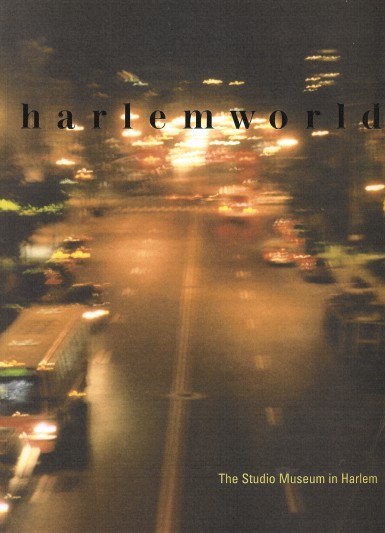
The 20th century delivered a great deal of change for Harlem. Originally developed as a summer alternative to lower Manhattan, Harlem became the center of modern black life in New York City after World War I. During the 1920s, Harlem gained increasing significance as artists, writers, musicians and black intelligencia gathered to create some of the most pivotal work of the last century. After World War II, Harlem entered a period of continued growth along with social and economic challenges that continued for many years to come. This era of transition was marked by efforts toward revitalization that continue today. Likewise, the portrayal of Harlem in pop culture has become increasingly important to the formation of an American identity. From the swinging days of the Cotton Club and Amateur Night at the Apollo Theater to today’s hip-hop music videos, Harlem exists not only as a community of avenues and streets, but also as an active force in world culture.
Organized by Thelma Golden, SMH Chief Curator, harlemworld: Metropolis as Metaphor includes works by eighteen emerging architects that explore the ways that Harlem exists in our imaginations as a site for cultural, territorial, psychological and architectural ideas. The participants were asked to act as informants, and embrace the real and symbolic role that architects have in shaping the texture of a city. harlemworld is a timely project that uses this historic neighborhood as a point of departure to study, discuss and critique the ever-changing face of Harlem. While these projects initiate in Harlem, they move beyond its geographic boundaries to look at similar issues in other urban contexts around the world.
The exhibitions themes are as expansive and diverse as Harlem itself. The contributing architects come from a variety of academic and professional backgrounds. Some of them work in academia, and private or public practices, while others work outside of the formal realm of architecture and bring their training to various media and disciplines. They were chosen for their inspired embrace of multi-media practices and for the creativity and rigor evidenced in their previous endeavors. The architects involved not only bring a multitude of perspectives and approaches to architecture, but they also forge strong connections between visual art, anthropology, sociology, economics, history, technology and popular culture through their practices.
Along with the buildings and structures that help to define Harlem, photography has played a pivotal role in documenting and understanding this neighborhood. Known for his iconic photography of Harlem, James VanDerZee documented the diversity and history of this famous community. harlemworld includes new bodies of work by three contemporary photographers Alice Attie, Adler Guerrier and Kira Lynn Harris, who individually depict an aspect of Harlem’s present as a counterpoint to the works envisioned by the architects.
As context is often critical to understanding contemporary visual culture, all of the exhibitions at the Studio Museum are affected socially, culturally and even aesthetically by being located in Harlem. For this exhibition, the words Harlem and world are joined together with the subtitle Metropolis as Metaphor because this exhibition seeks to understand Harlem beyond the bricks and mortar and territorial designations of the streets and avenues that define Harlem, USA. And as such, it provides a powerful lens to not only re-examine our community but to understand the black urban experience worldwide. harlemworld allows the Studio Museum, which has transformed along with Harlem to offer the institution as a place to engage in the larger cultural, political and intellectual dialogue about this evolving community.
harlemworld: metropolis as metaphor (press release).
Winter 2004: January 28 – April 4
If walls could talk, there would be a distinct murmur in Harlem. Brownstones, churches, and apartments would whisper about old New York’s gentry. Storefronts would reminisce about the times when Harlemites Shim-shamed and Lindy-hopped. An arcaded ballroom would speak witness to the assassination of an activist. And what edifice among us would keep his mouth shut about the looming era of regentrification? Yes, there’s a lot to talk about.
Known for standing on the cutting edge of curatorial practice, Thelma Golden has put her ear to the wall to organize harlemworld. Golden has invited over a dozen of today’s the most compelling black architects to present ideas and proposals for multiple sites around Harlem. These practitioners will contemplate Harlem as a cultural, architectural, territorial, psychological, historic, and economic site. harlemworld will not be limited a presentation of these projects only through traditional model and plan form, but also through photography, video, digital media, and installation.
The exhibition also will include a photography component, with work by James VanDerZee, Alice Attie, Kira Lynn Harris and Adler Guerrier.
Participating Architects
Nathaniel Belcher/ Steven Slaughter
Milton S.F. Curry
J. Yolande Daniels
Felicia Davis
Darell Wayne Fields
Zevilla Jackson Preston
Olalekan B. Jeyifous
Coleman A. Jordan
Gordon Kipping
Leyden Lewis
Ronald L. Norsworthy, II
Todd Palmer
Emmanuel Pratt
Shawn Rickenbacker
Amanda Williams
Wiber Williams
William WilliamsParticipating Photographers
Adler Guerrier
Kira Lynn Harris
Alice Attie
James VanDerZeeExhibition catalogue
Publisher: The Studio Museum in Harlem
Author: Thelma Golden
Title: harlemworld: Metropolis as Metaphor
Edition: Volume I
Pages: 120+ pages w/4 page cover (flaps)
All color
Print Run: 5,000
size: 9 x 12 upright
Territories of distribution: USA
Language the catalogue will be printed in: English
Each architect has designed 2 double page spreads for the catalogue, which will also include essays by exhibition curator Thelma Golden, Greg Tate, Cheryl Finley, Mable O. Wilson, and Susan Cahan.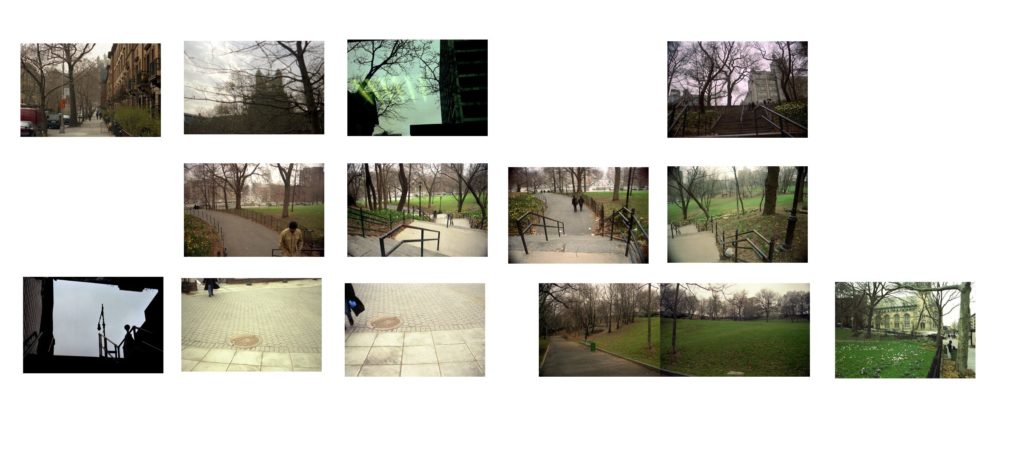
Untitled(A Circuiteer about Harlem, St. Nicolas Park) 2003 Thirteen Chromogenic prints; 16 x 20 inches(12) and 16 x 35 inches(1).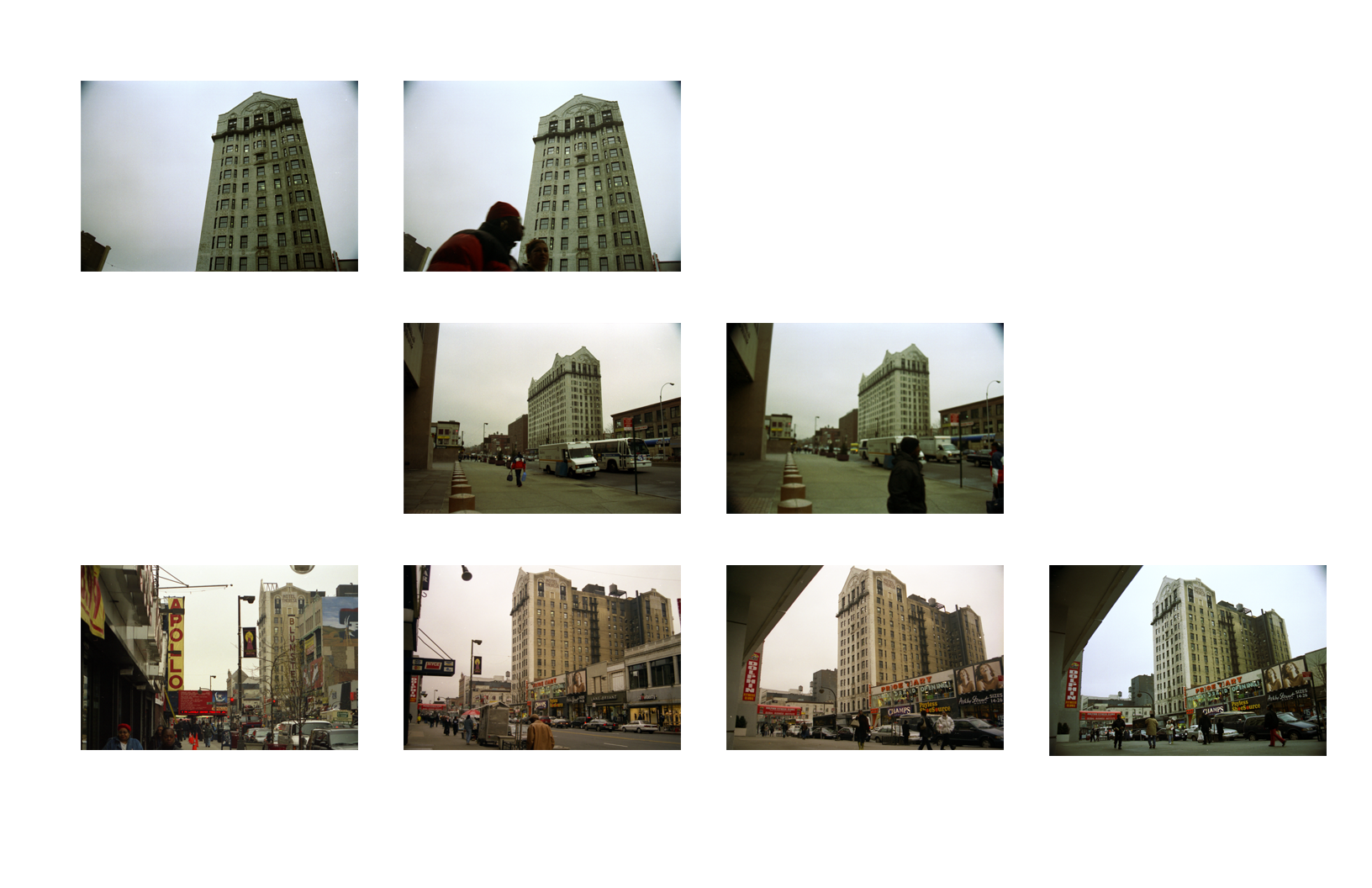
Untitled(A Circuiteer about Harlem, Hotel Theresa) 2003 Eight 16 x 20 inches chromogenic prints. -
Untitled(We will settle for a place among the pines and the palms; a city without walls)
Untitled(We will settle for a place among the pines and the palms; a city without walls) 2017
Video, chromogenic prints and xerography on paper.Shown in MemoryLab at HistoryMiami.
